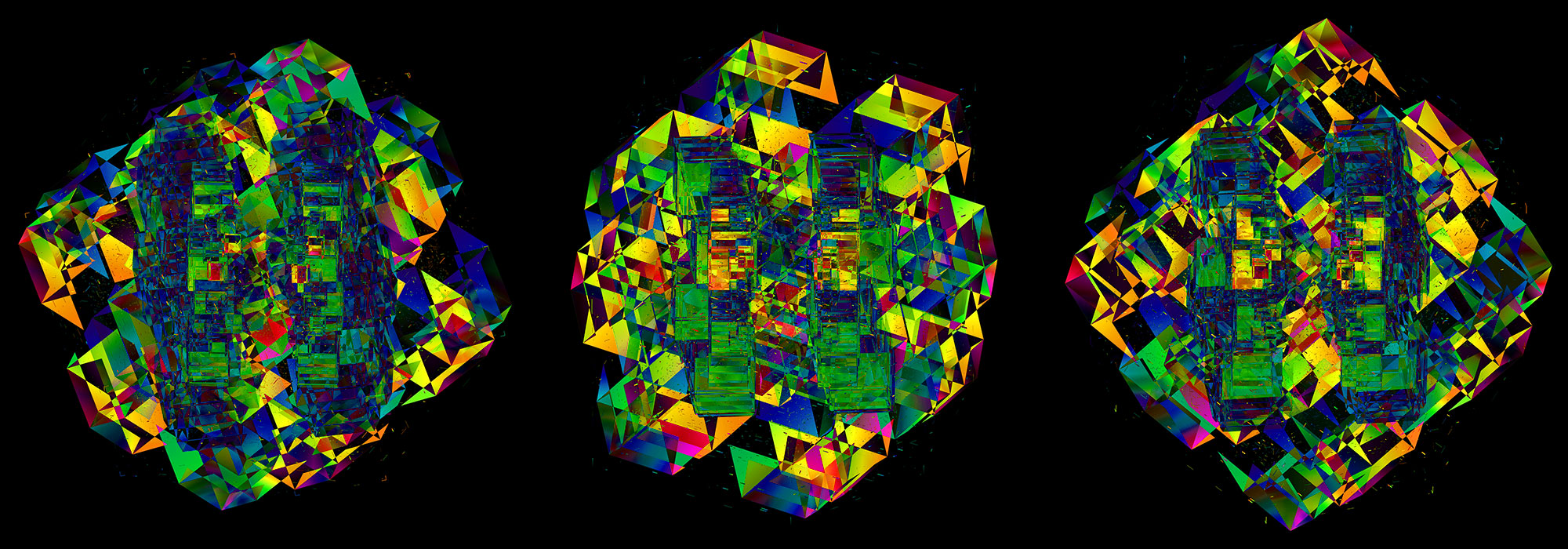
Max Cooper's Ascent — Making of the Music video
Enter the 5th dimension
contents
“Ascent” is chapter 9 of Max Cooper’s audio-visual masterpiece, “Unspoken Words” — a multi-platform project incorporating music, film, installation, live experience and digital art, exploring themes around the struggle to understa nd and express our internal state.
“Ascent” is an audio-visualisation of transcendence told through the lens of music, science and art. Max Cooper said about the inception of the theme:
“I was working on an installation project for a cathedral in Leuven, trying to communicate the idea and feeling of transcendence. I wanted to create this intense experience which I couldn’t put into words, but there was an ascending musical form which captured it”
Max commissioned scientist, artist and long-time collaborator, Martin Krzywinski to express the theme visually, interpreting the idea as an ascent into higher dimensions of spatial form, the resulting 5D hypercubes collapsed back down to the two dimensions of a screen.
“I discussed the idea with Martin [Krzywinski] to make associated visual ideas from the mathematics of form beyond our everyday, which delivered the message as directly and completely as I could.”
The “Ascent” NFT collection comprises five categories of works across a range of media and valuations. Black, Plasma, Viridis, Video and Public is available via Mesh Lab on Objkt on the Tezos blockchain.
During the video walkthrough, you might have noticed that the camera is zoomed into only a portion of the full scene.
If you're wondering what everything looks like, these posters are for you. They represent the full scene — the camera is zoomed out to capture all the objects on the stage.
The posters are available as NFTs. These are 11,520 × 6,480 pixel lossless PNGs but the scene fits into the central 6,480 × 6,480 square.
Below I provide the print resolution (ppcm = pixels per centimeter, ppi = pixels per inch) for a square (6,480 × 6,480) image printed to fit onto common European and North American formats.
2.1 · European sizes
fmt
(mm)
(inch)
ppcm
ppi
2.2 · North American sizes
(inch)
(mm)
ppi
ppcm
Three sub-collections of still images — Black, Plasma, and Viridis — complete an expansive range of 90 vast still images. These stills depict the whole scene, often revealing what exists outside of the field of vision shown in the video piece at specific moments in time.
Black features 50 images with five editions, and one registered collector of each piece will be randomly selected and receive a unique one of one physical giclée print, printed on 300gsm minuet cotton rag using archival inks.
The Black collection contains 50 assets. They are shown below downsampled to 1,000 × 1,000 pixels and cropped to a square format.
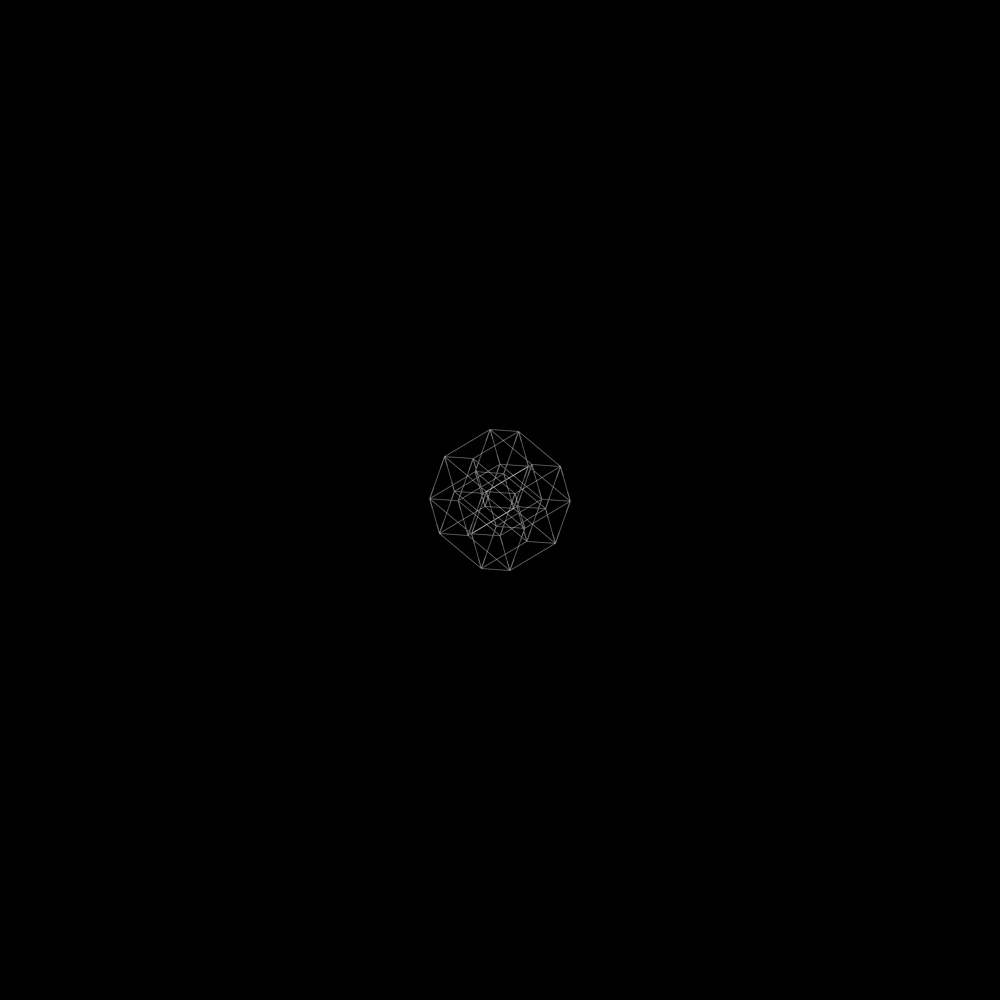 buy artwork
buy artwork
 buy artwork
buy artwork
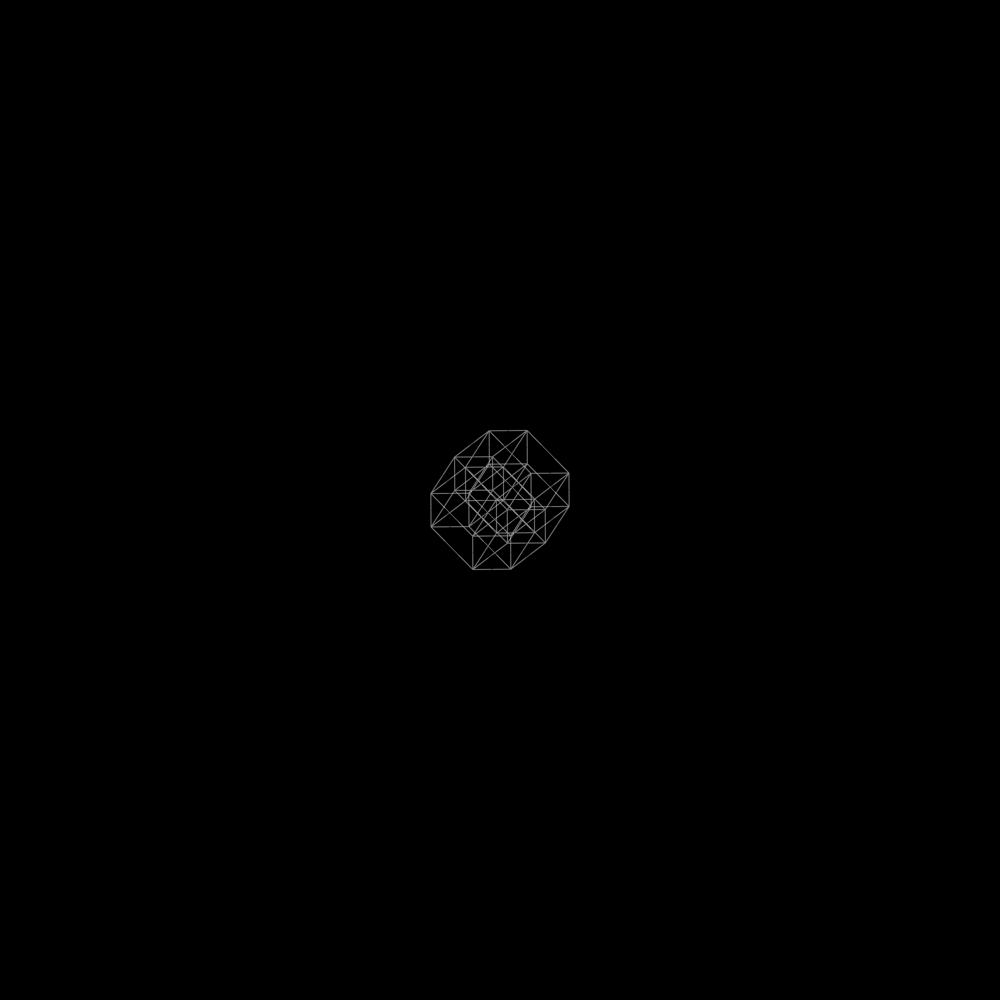 buy artwork
buy artwork
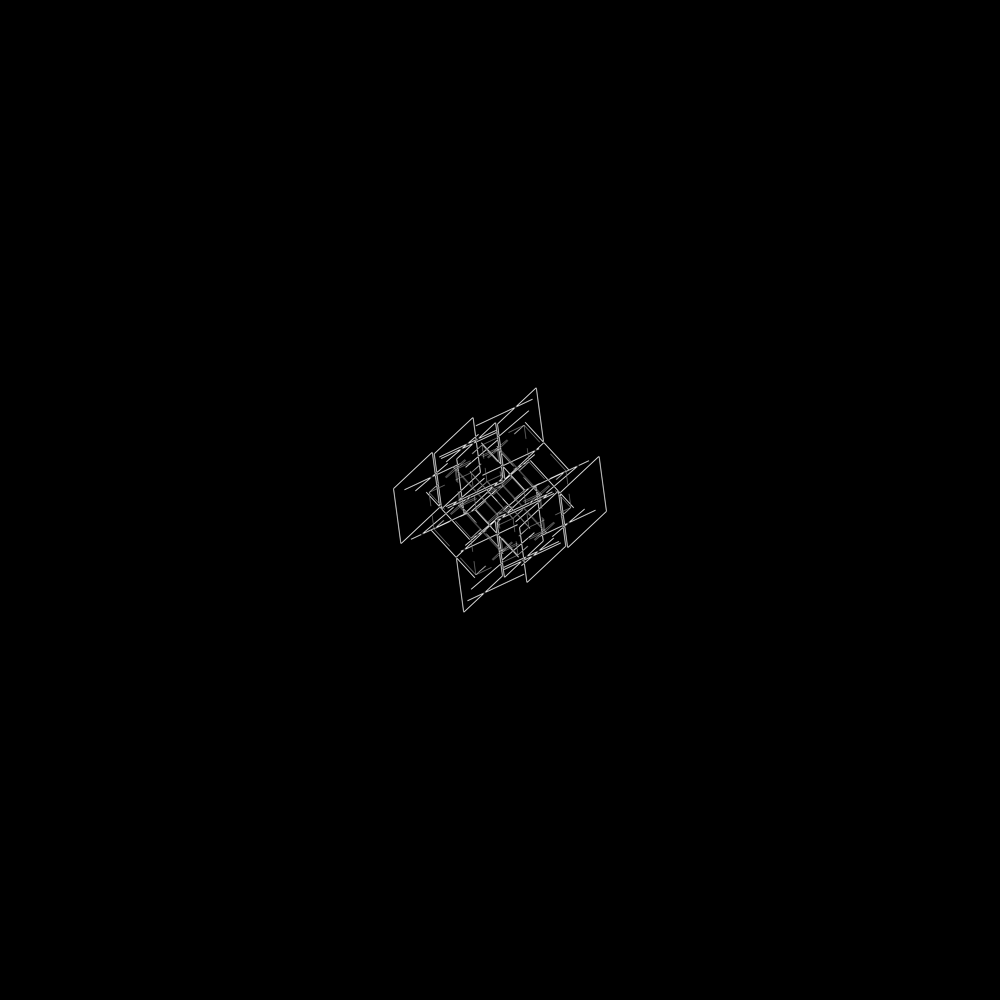 buy artwork
buy artwork
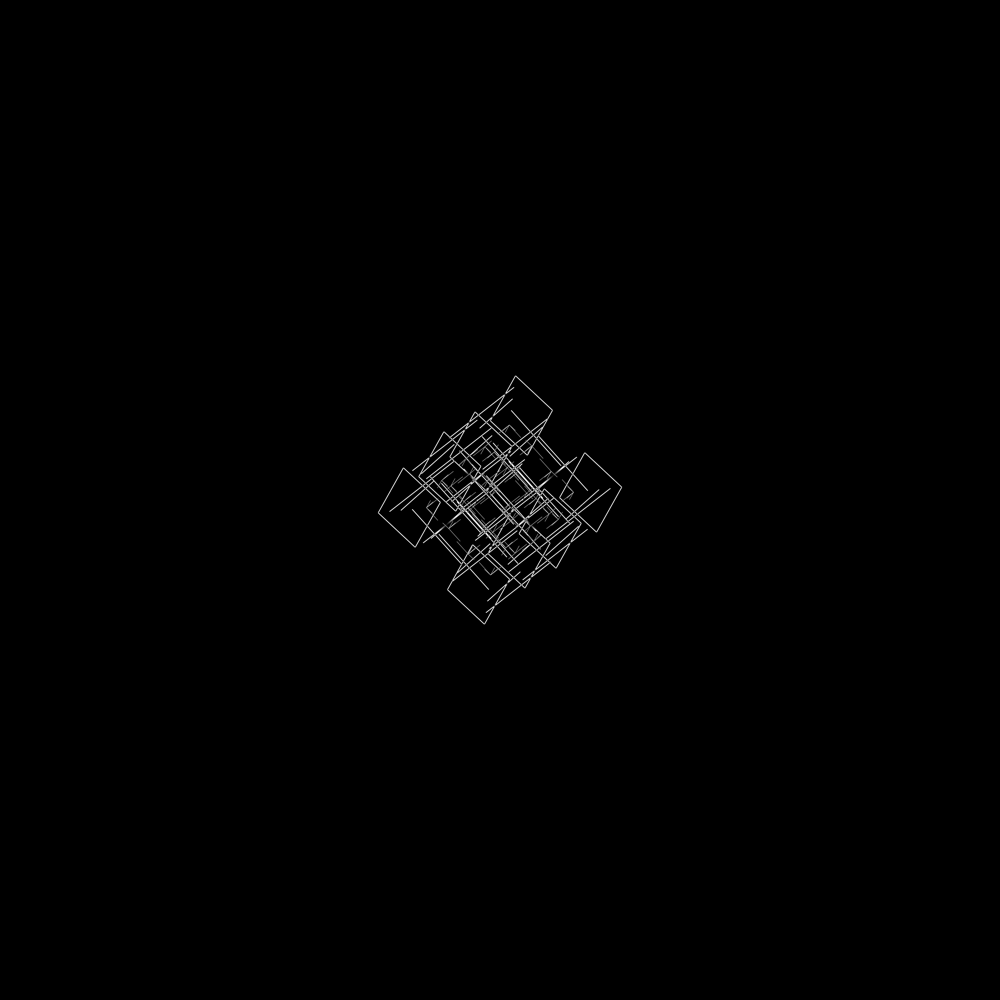 buy artwork
buy artwork
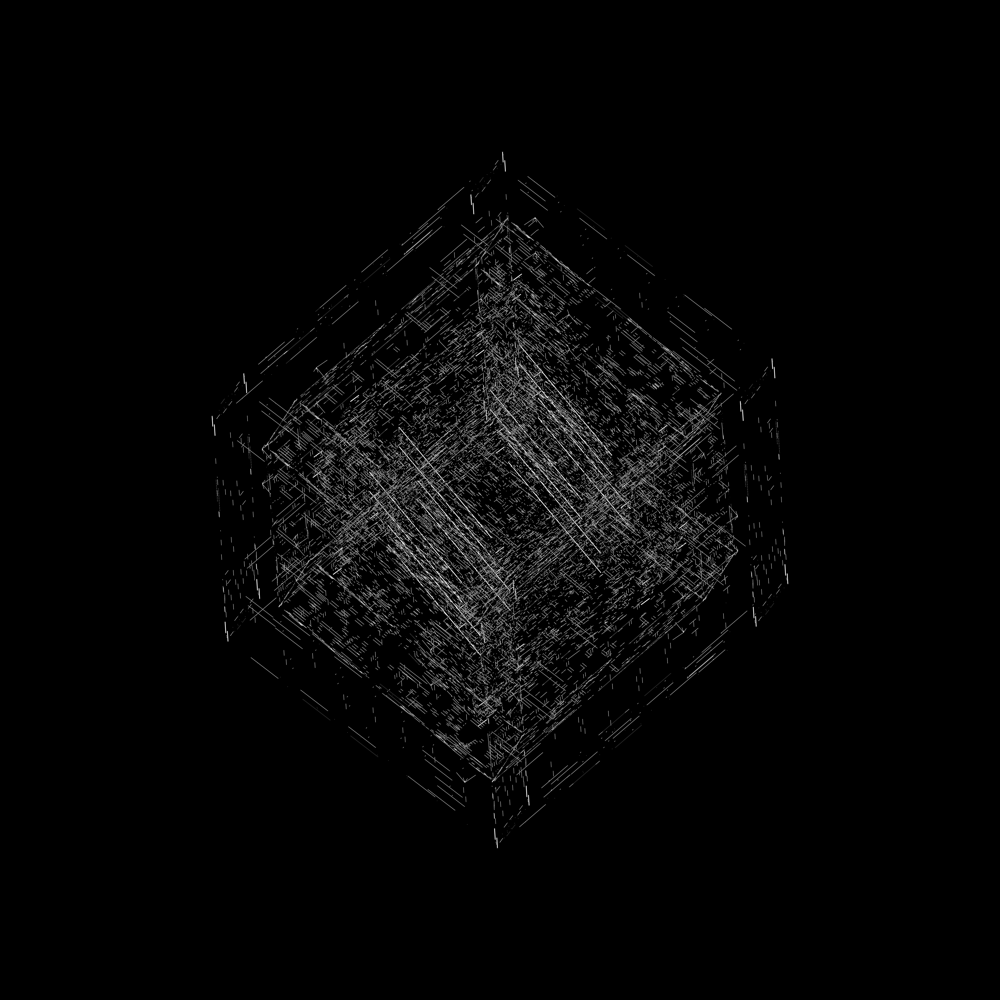 buy artwork
buy artwork
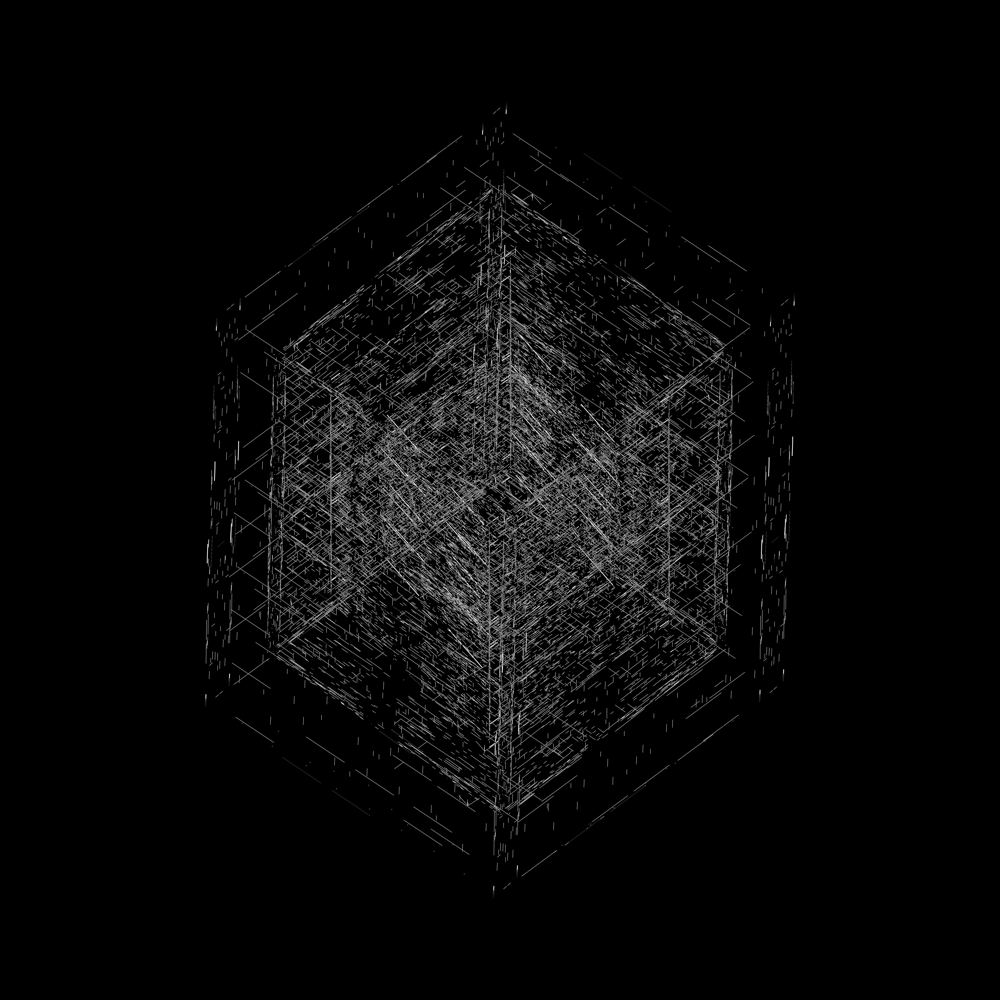 buy artwork
buy artwork
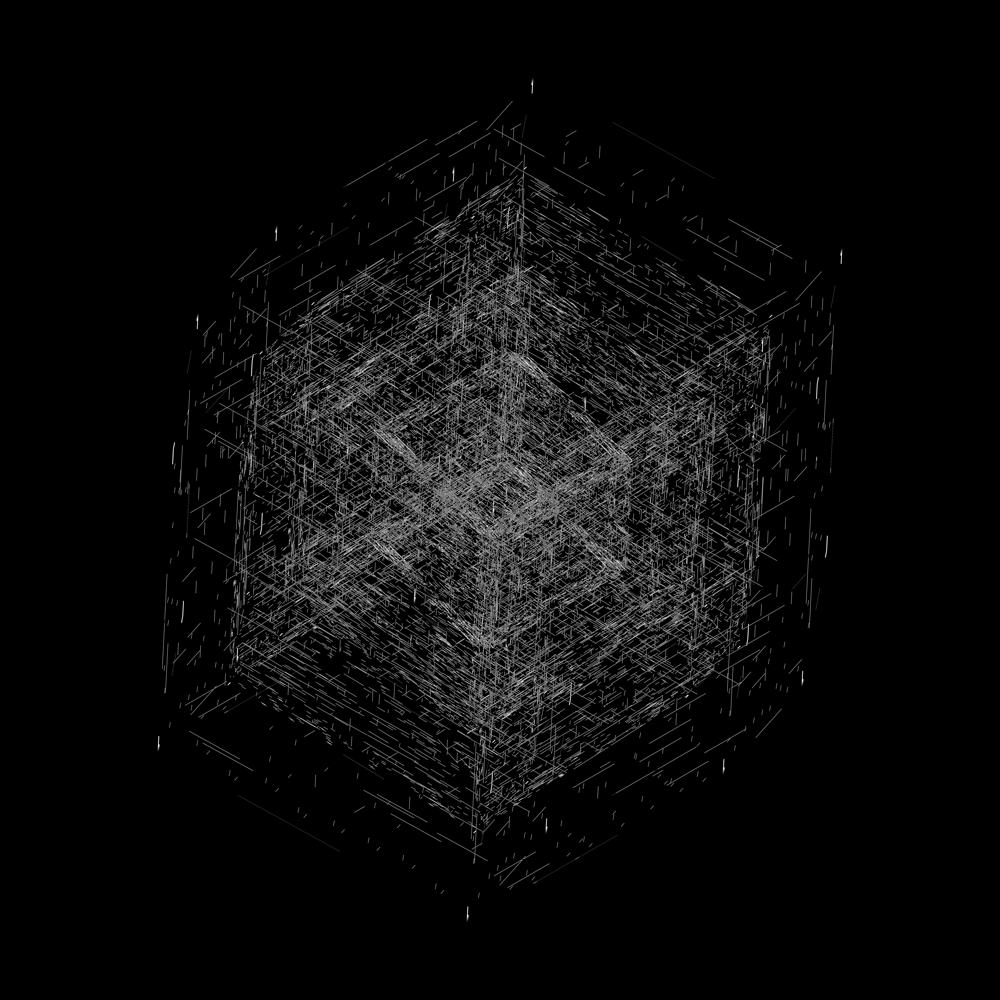 buy artwork
buy artwork
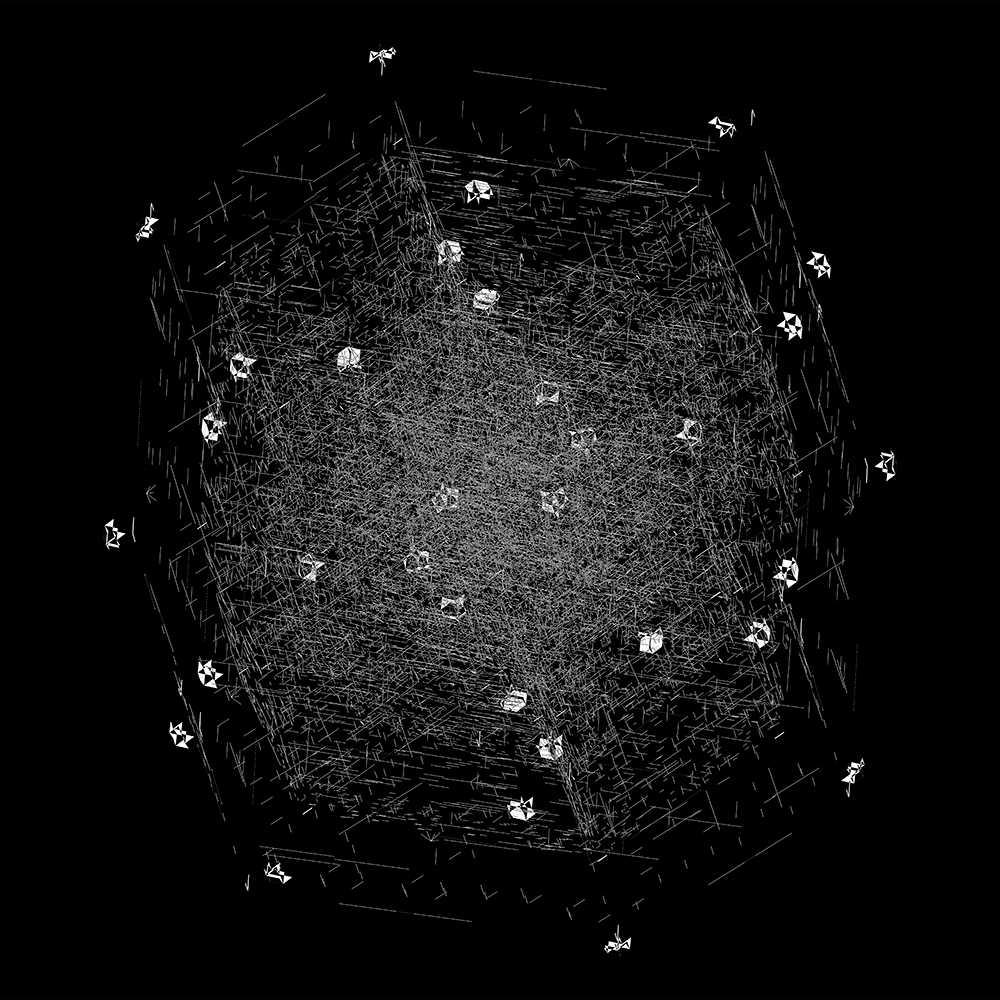 buy artwork
buy artwork
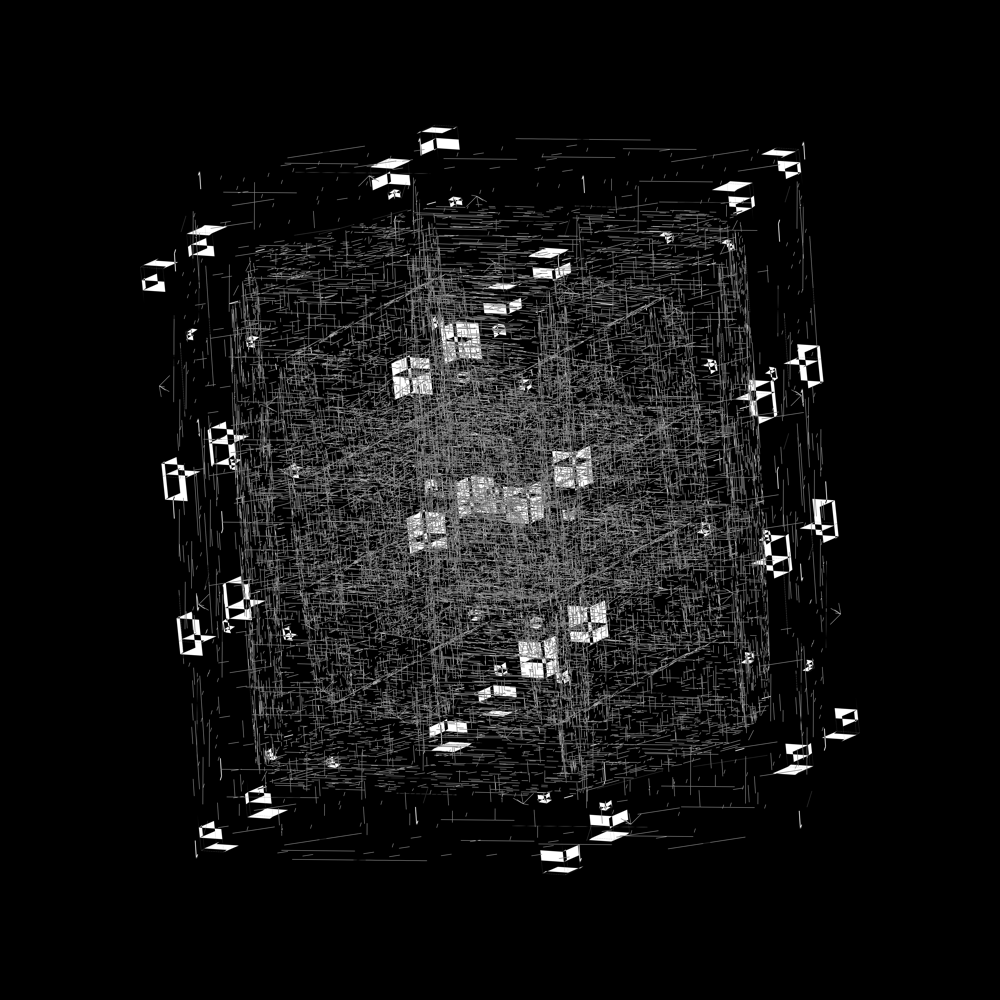 buy artwork
buy artwork
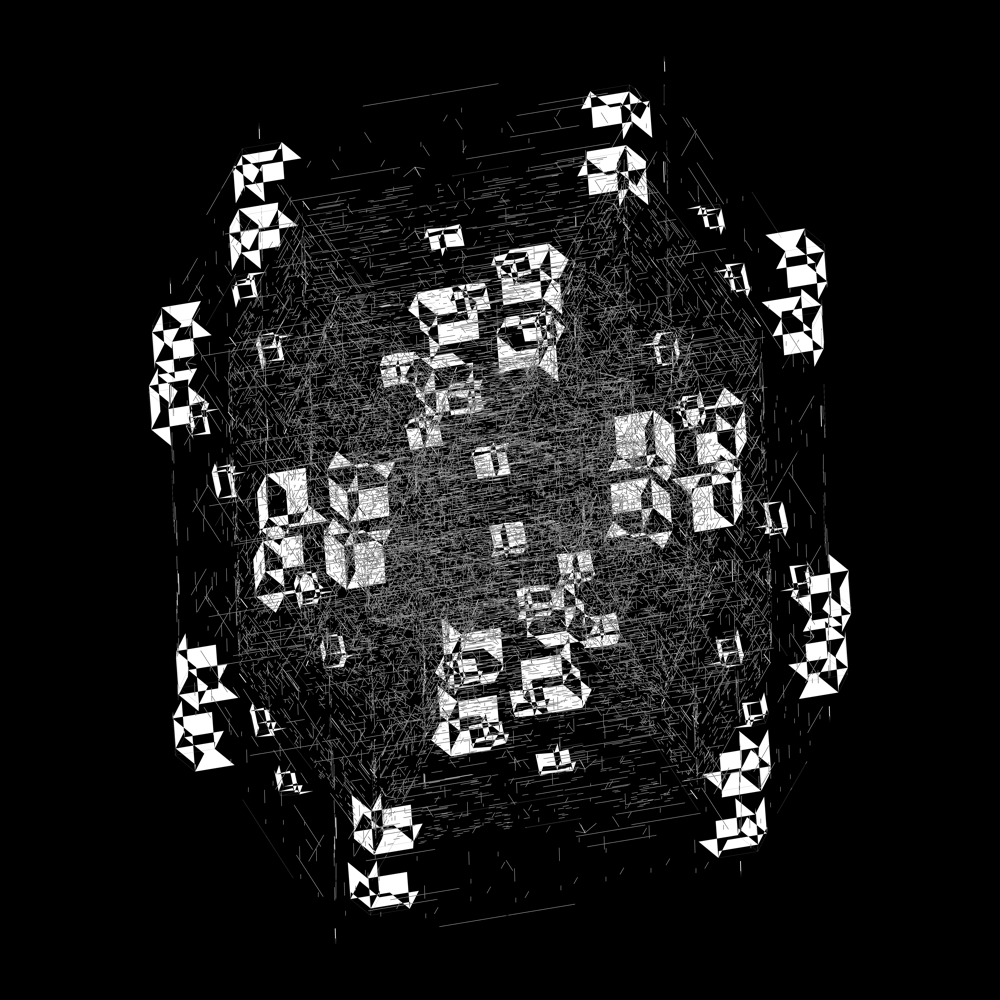 buy artwork
buy artwork
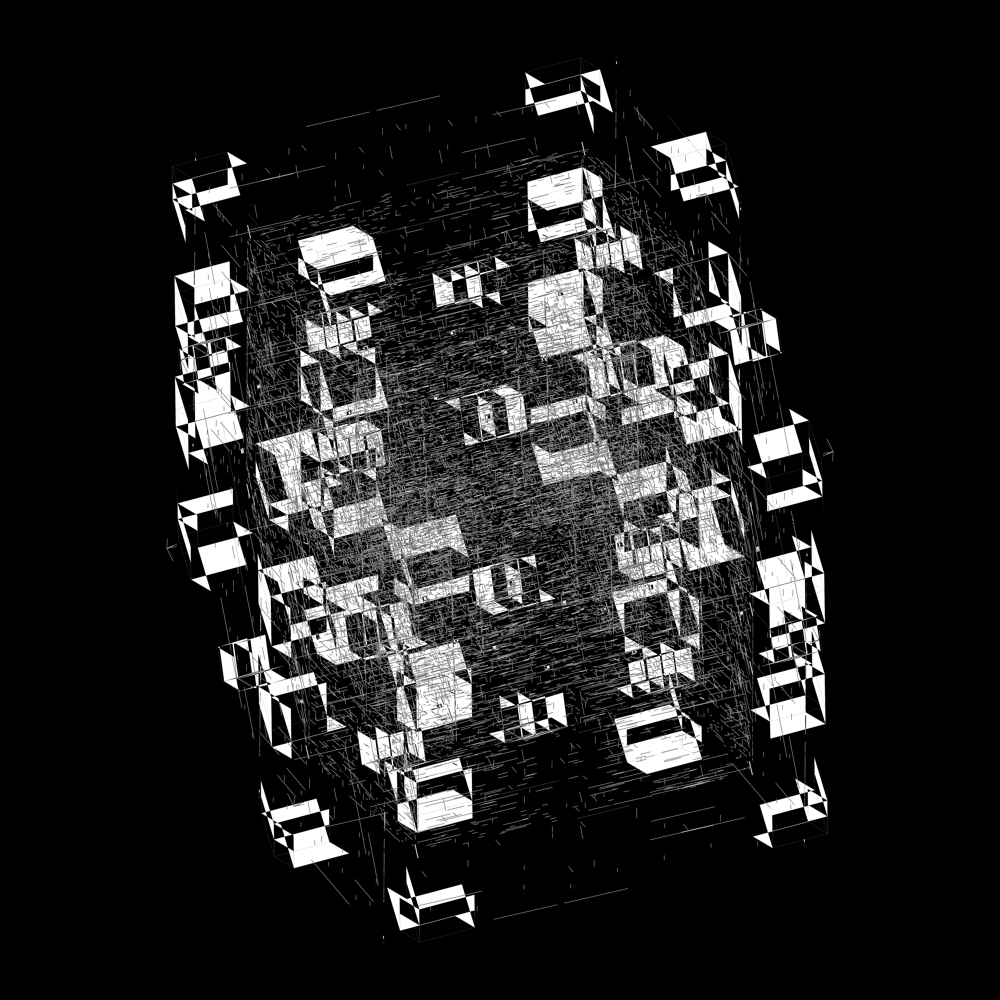 buy artwork
buy artwork
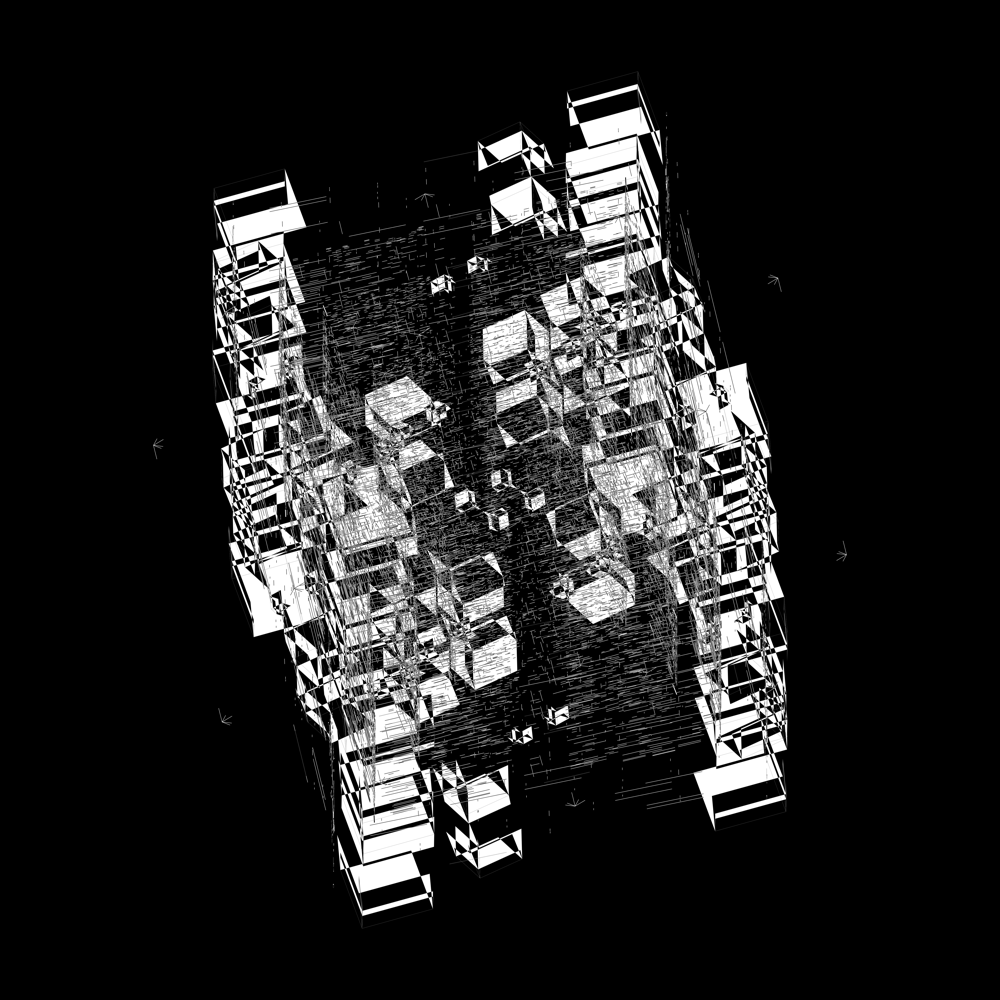 buy artwork
buy artwork
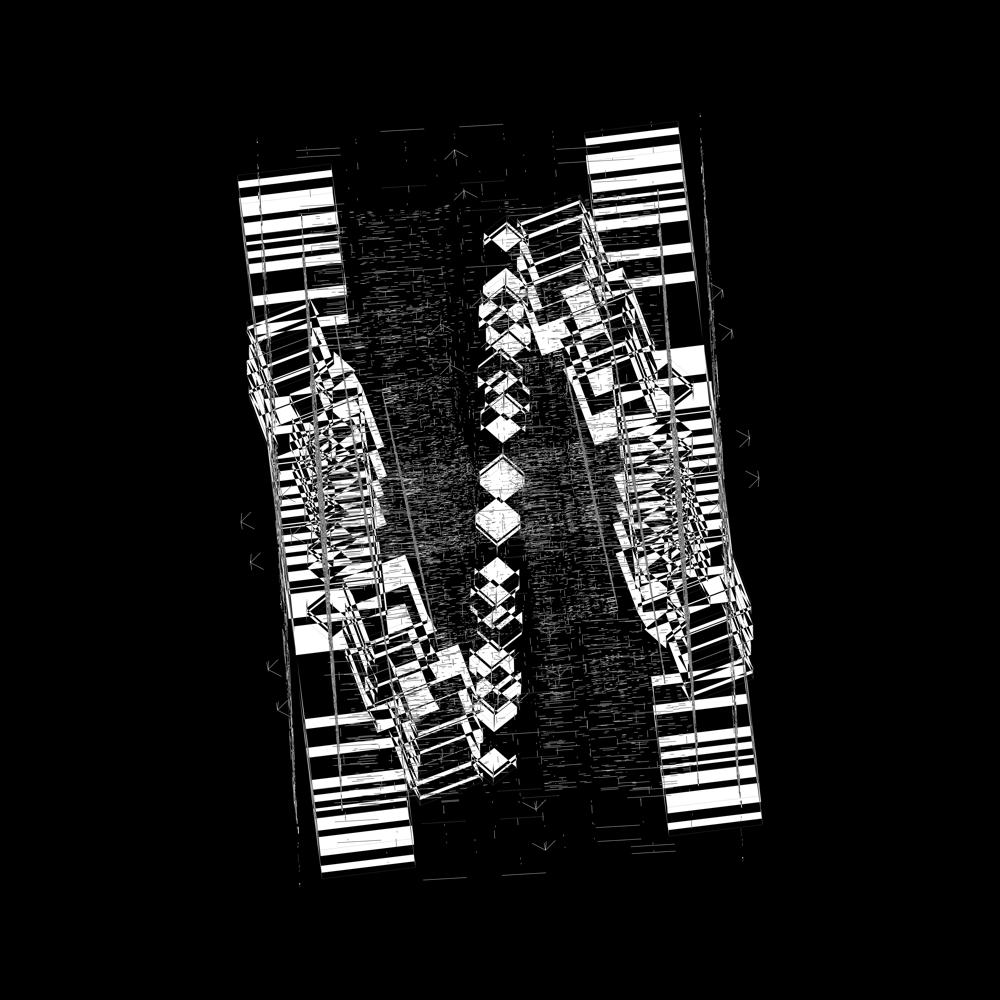 buy artwork
buy artwork
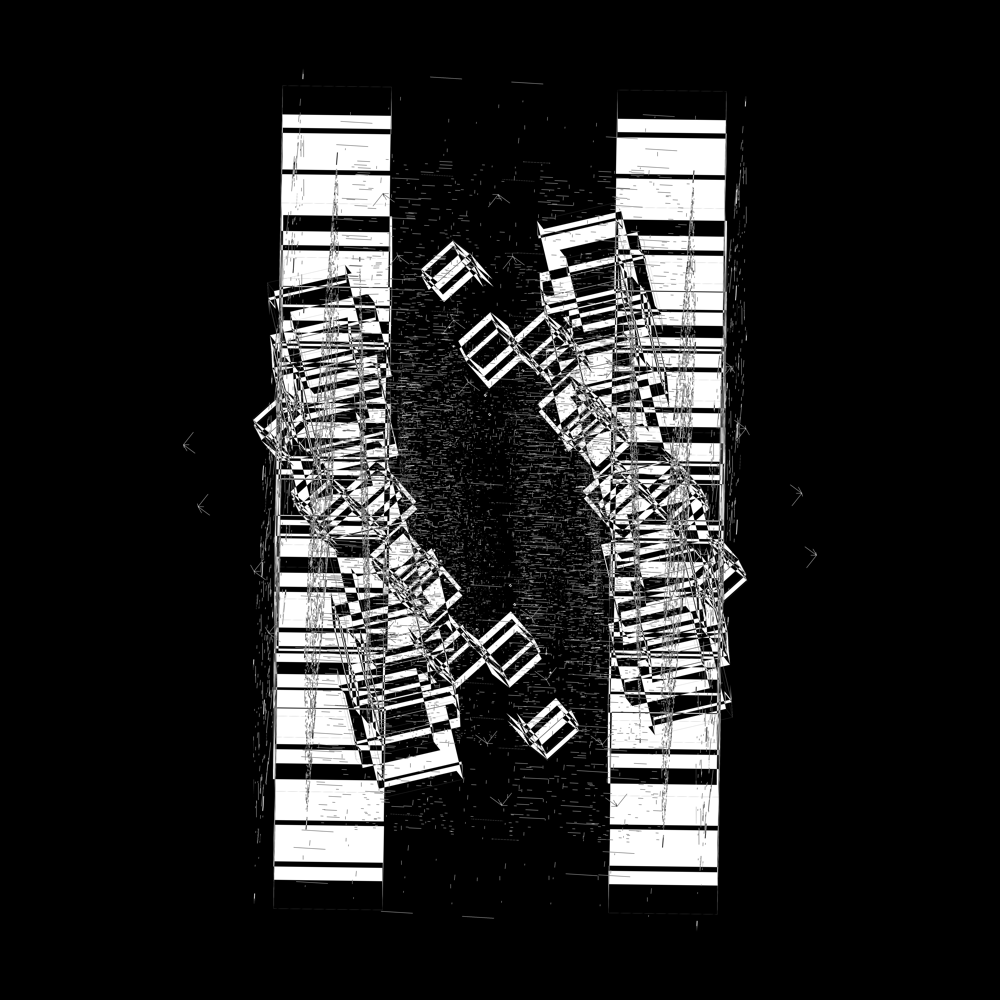 buy artwork
buy artwork
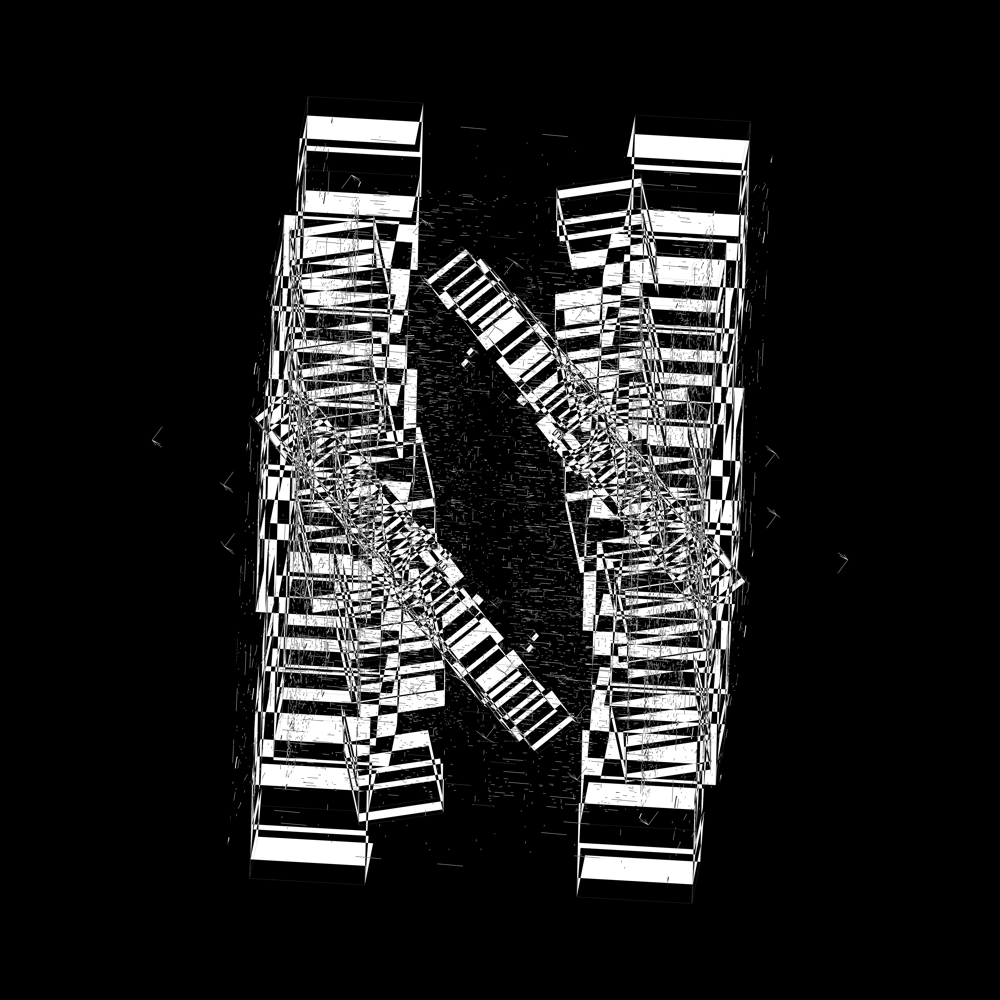 buy artwork
buy artwork
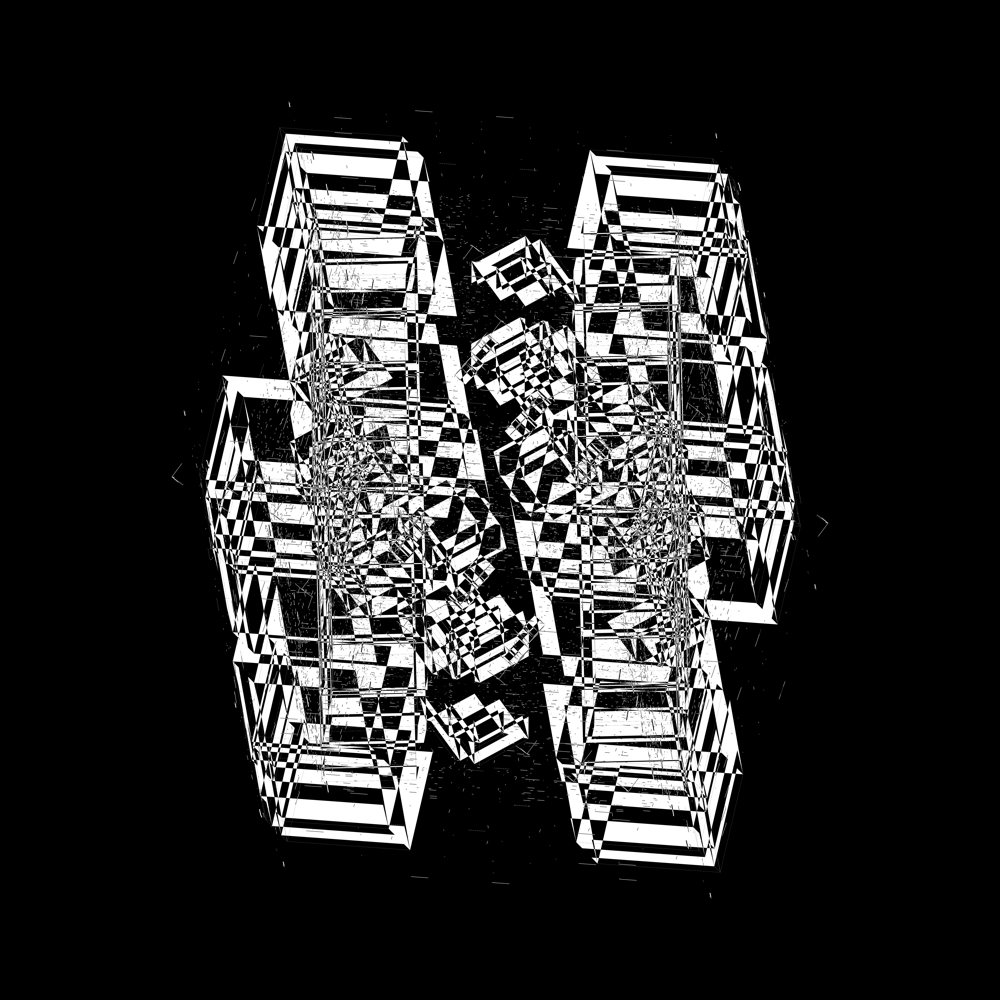 buy artwork
buy artwork
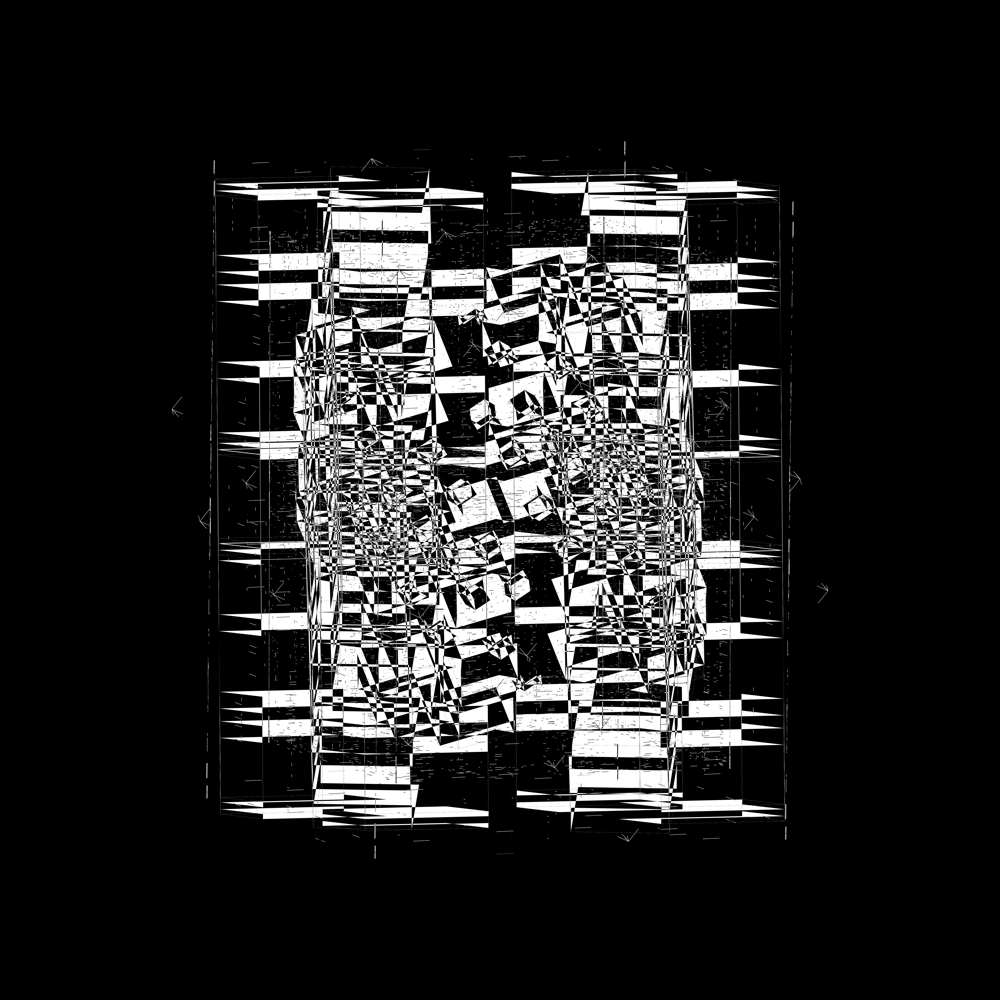 buy artwork
buy artwork
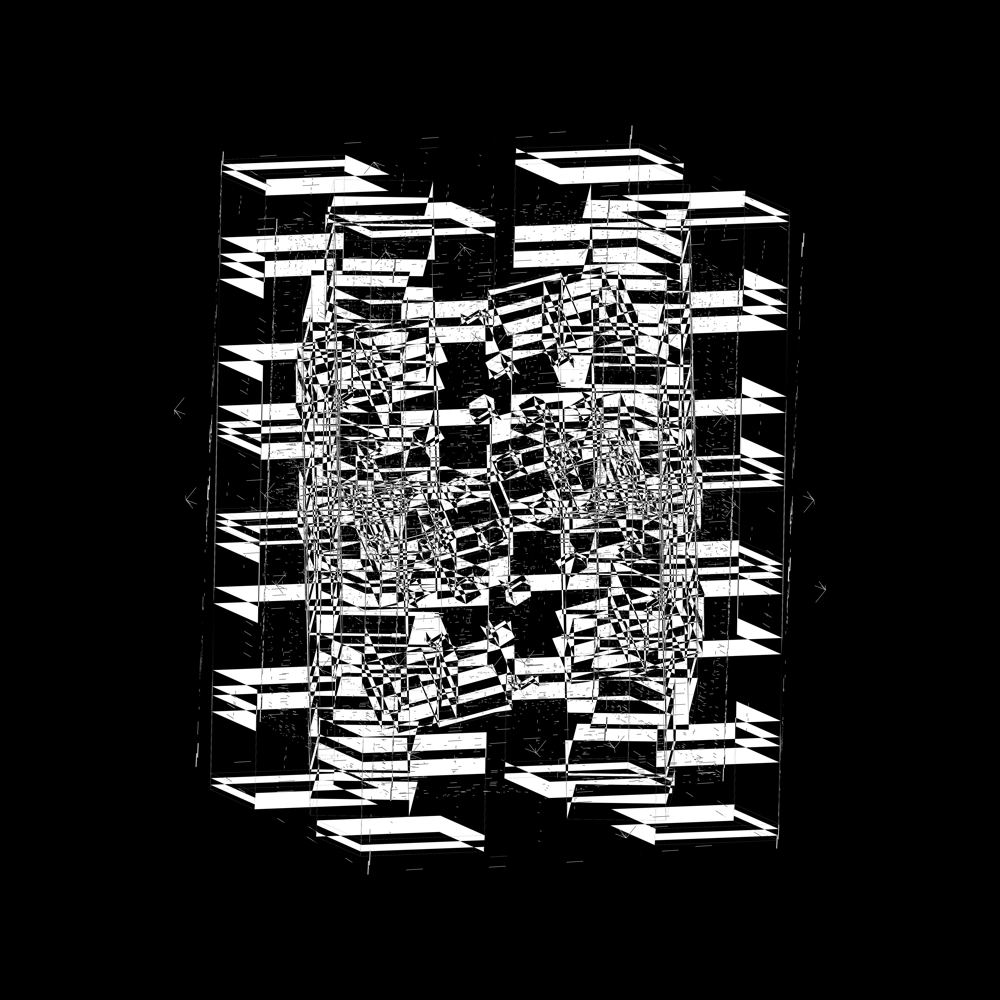 buy artwork
buy artwork
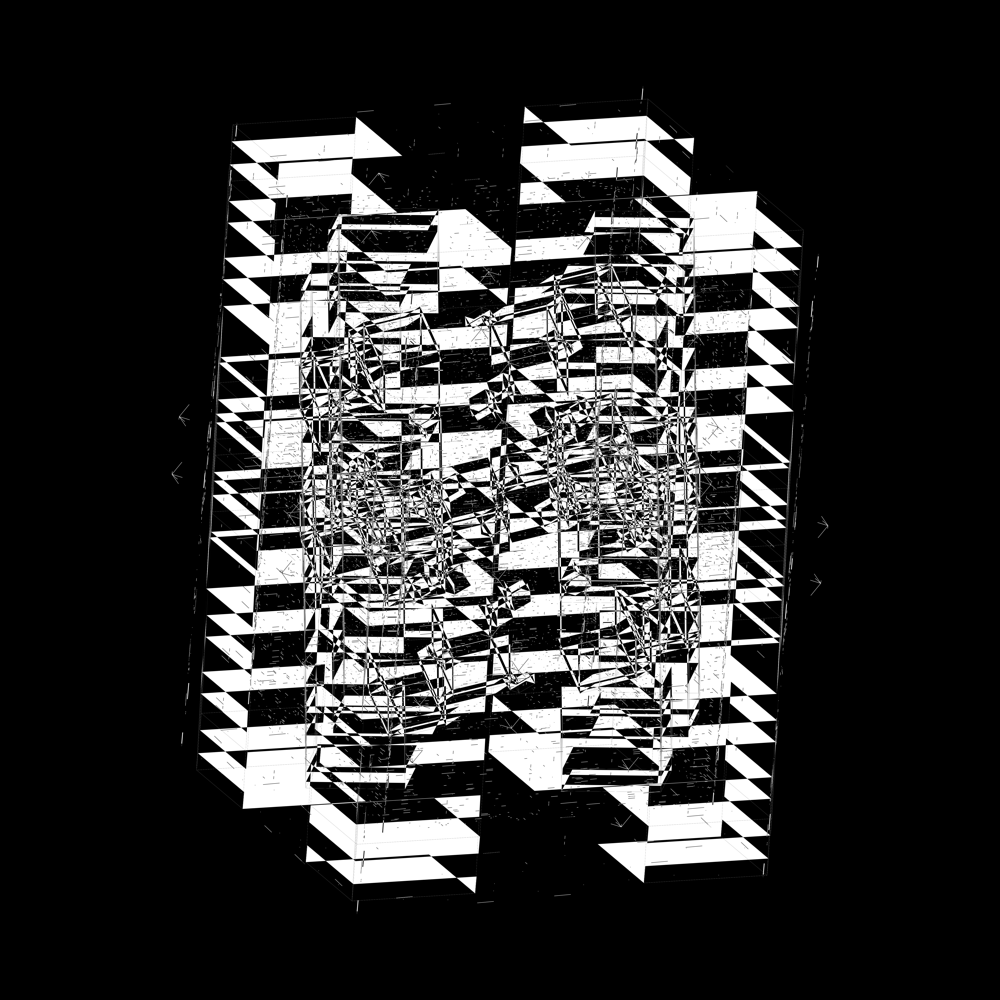 buy artwork
buy artwork
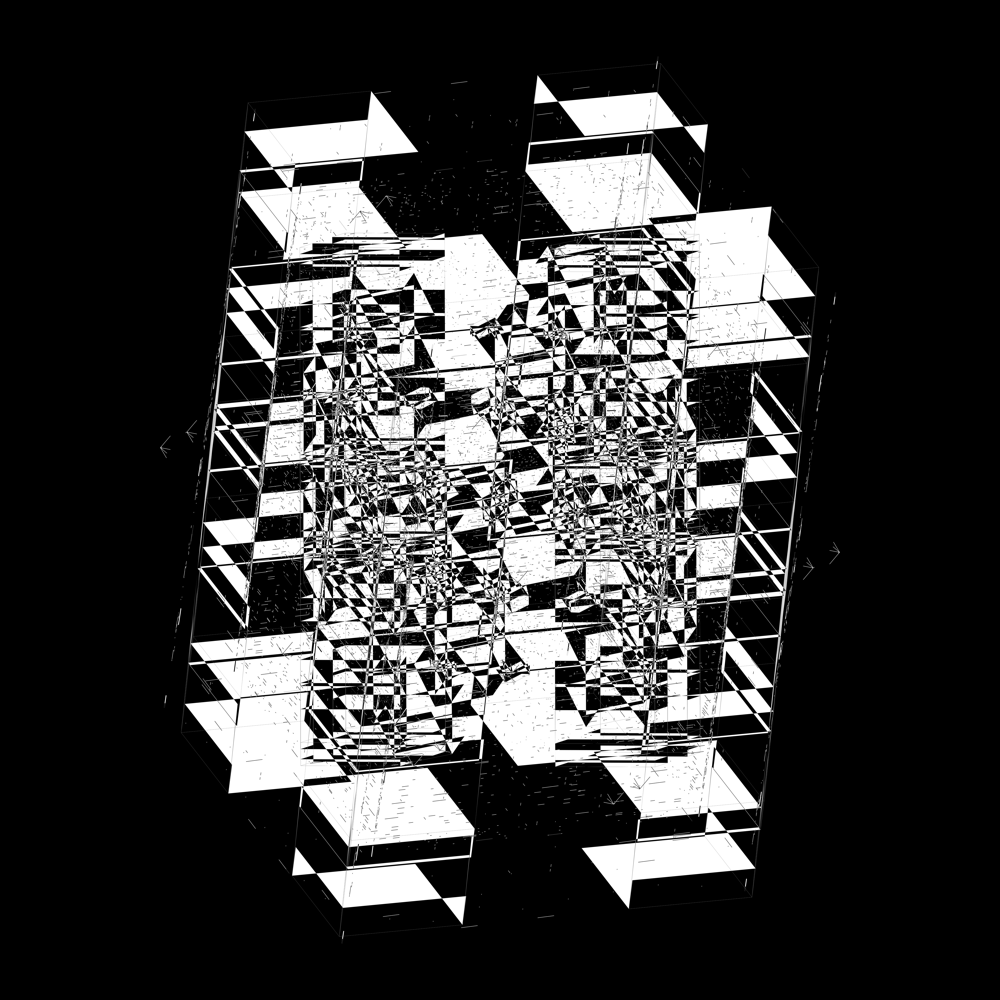 buy artwork
buy artwork
 buy artwork
buy artwork
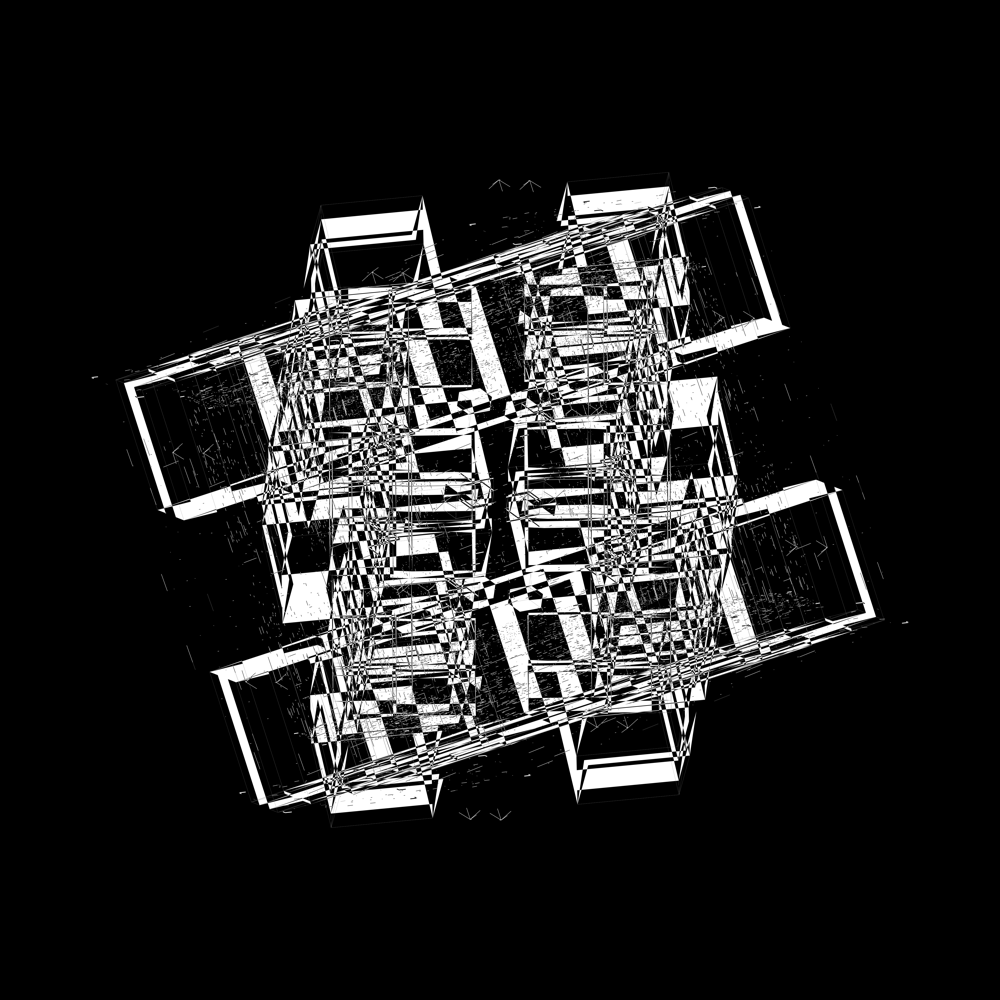 buy artwork
buy artwork
 buy artwork
buy artwork
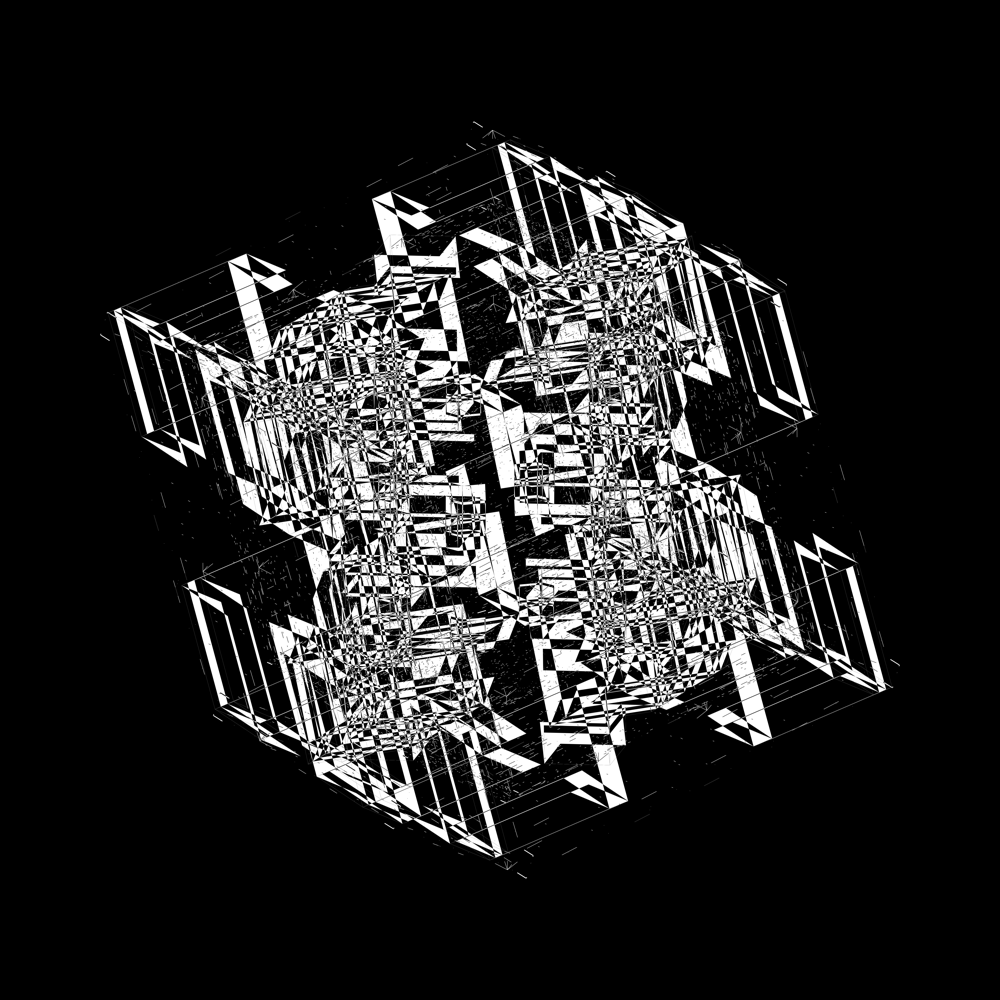 buy artwork
buy artwork
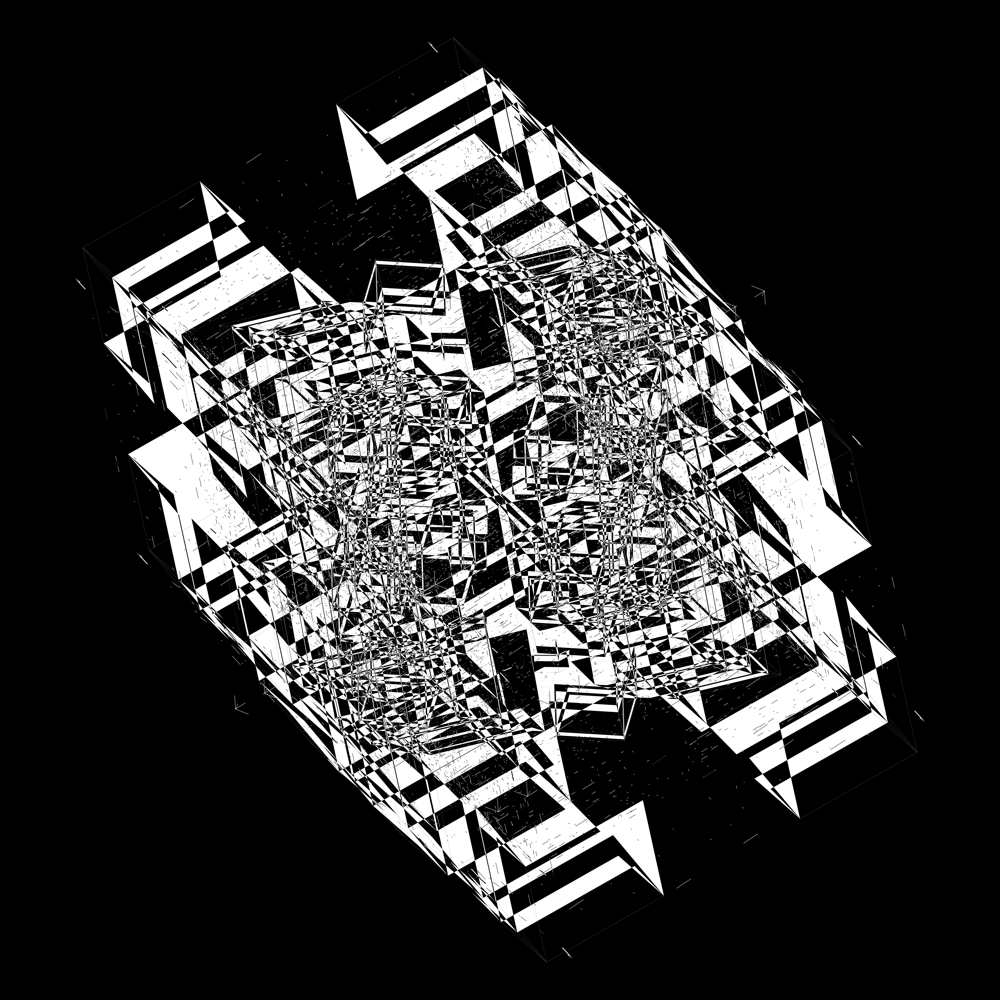 buy artwork
buy artwork
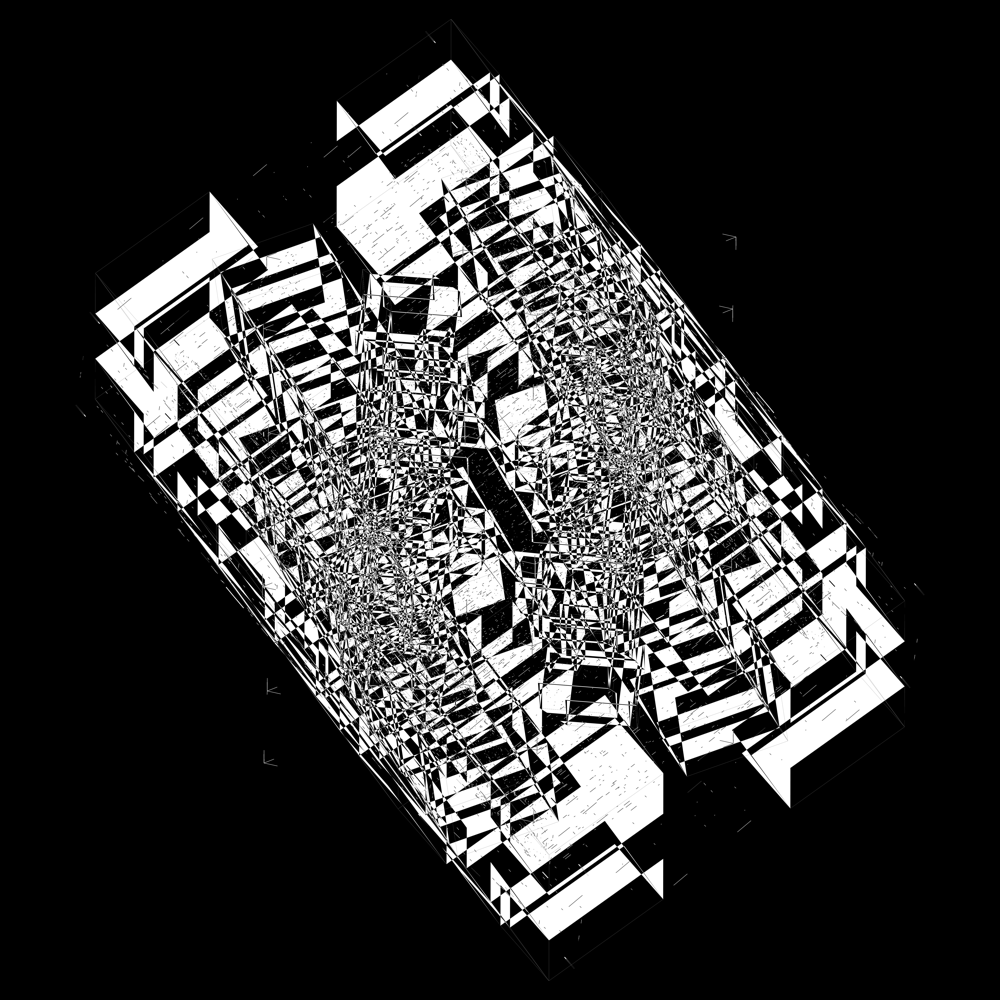 buy artwork
buy artwork
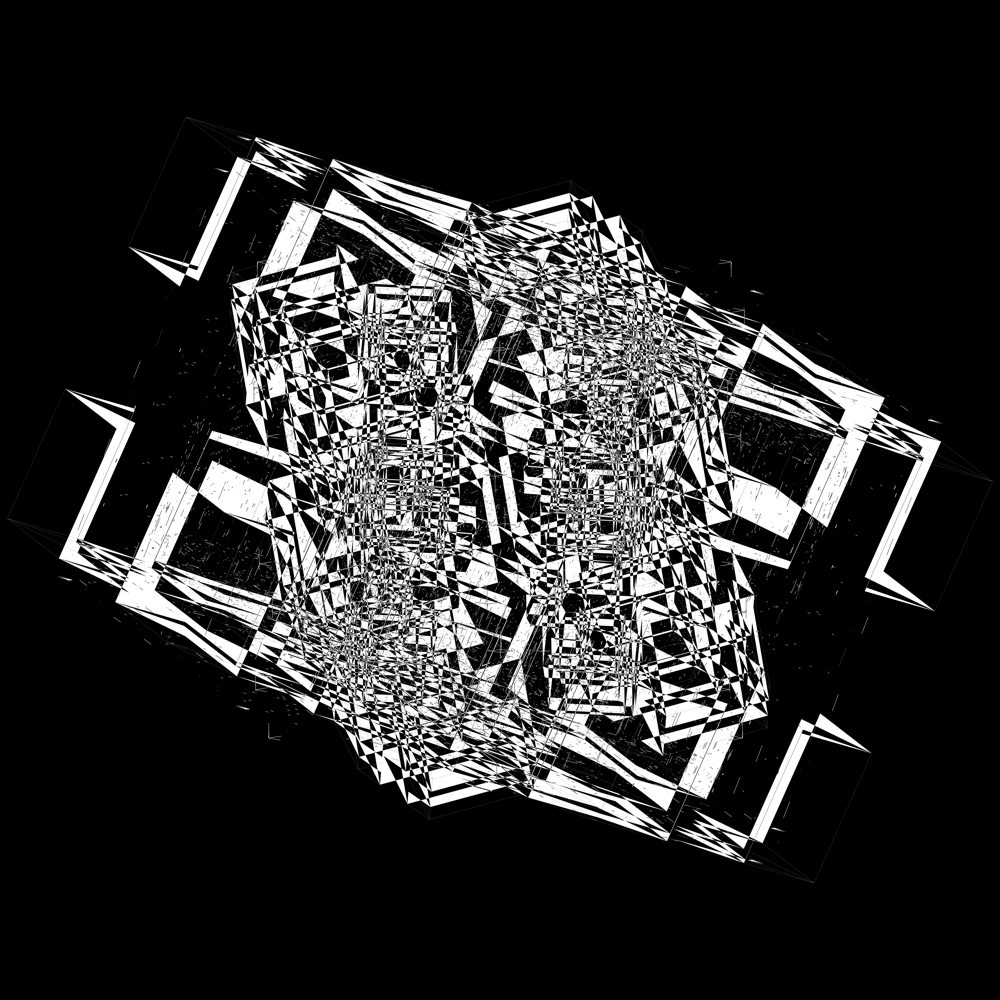 buy artwork
buy artwork
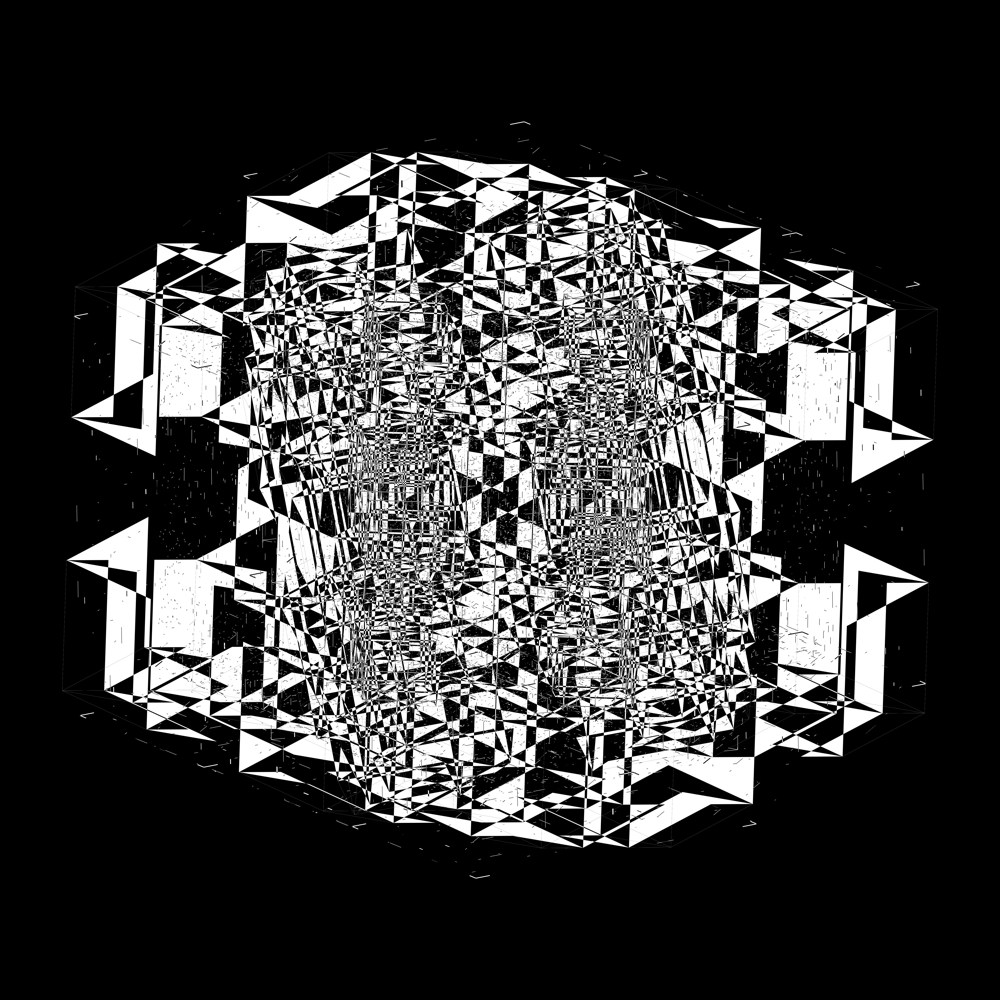 buy artwork
buy artwork
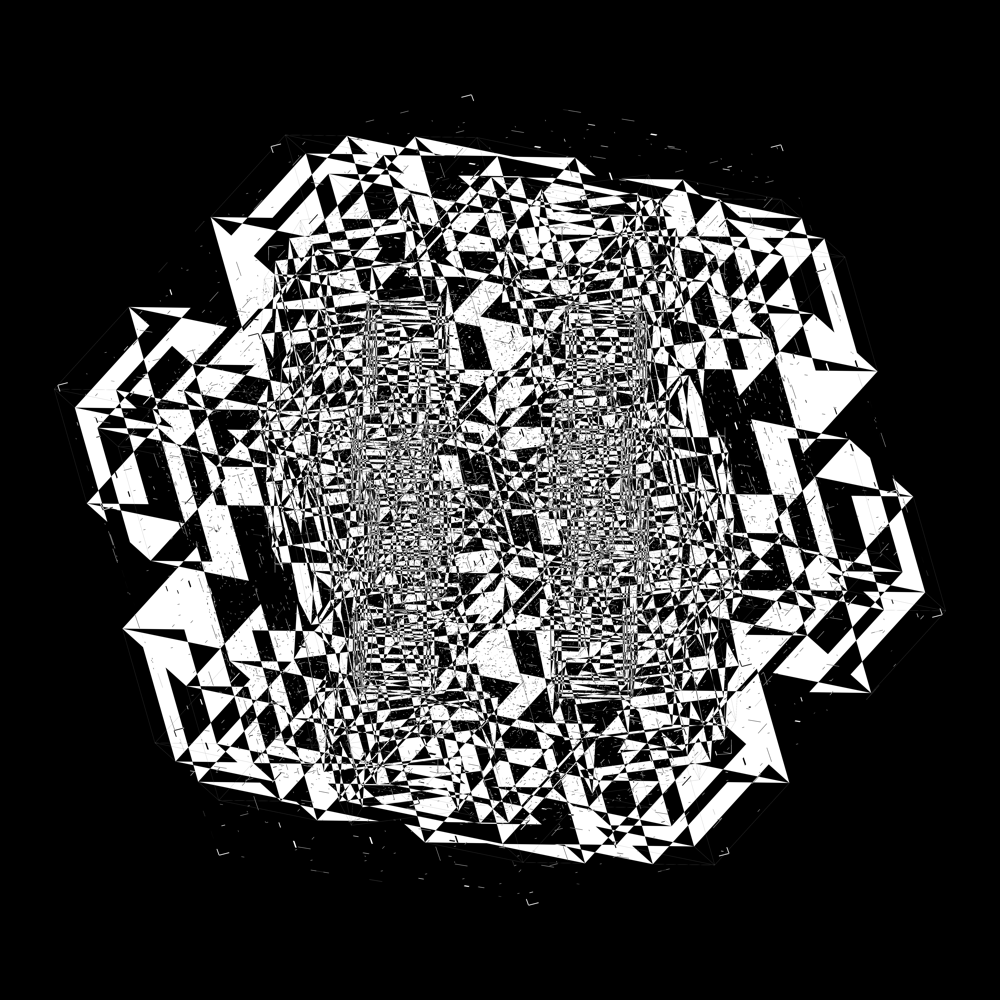 buy artwork
buy artwork
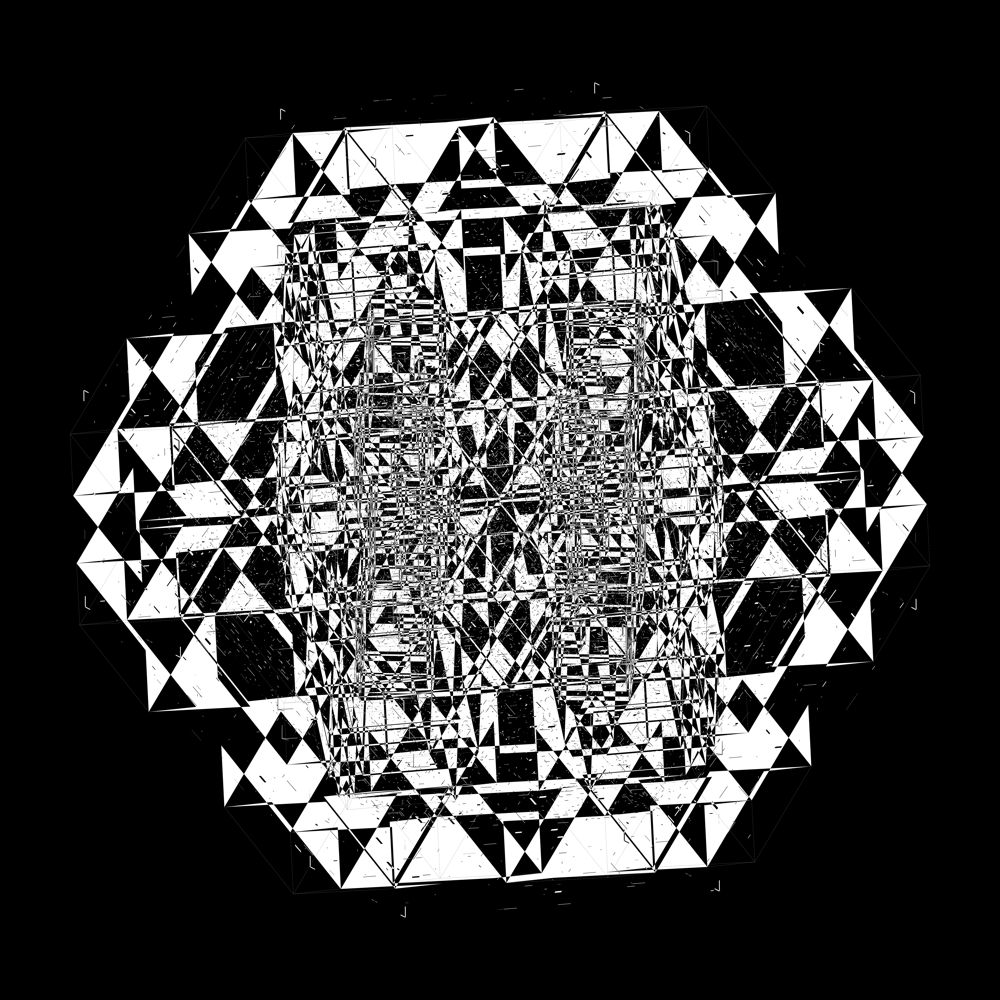 buy artwork
buy artwork
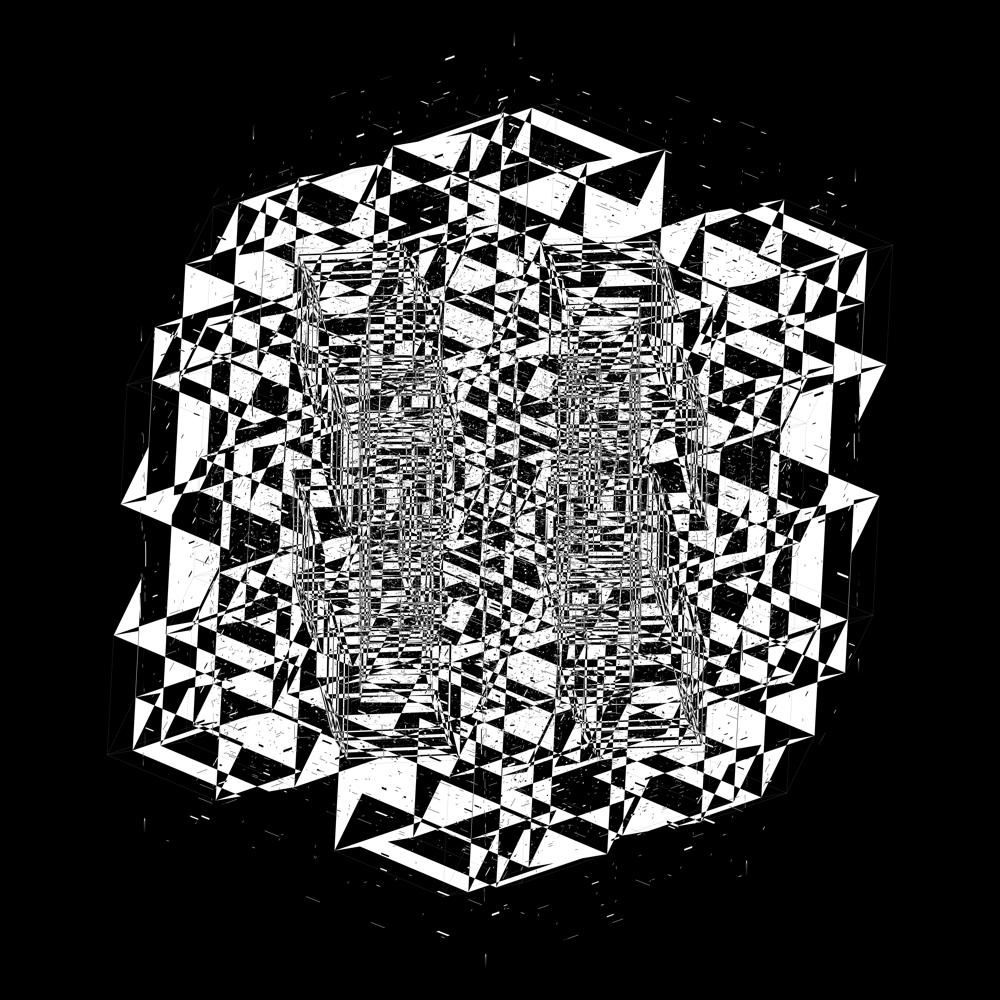 buy artwork
buy artwork
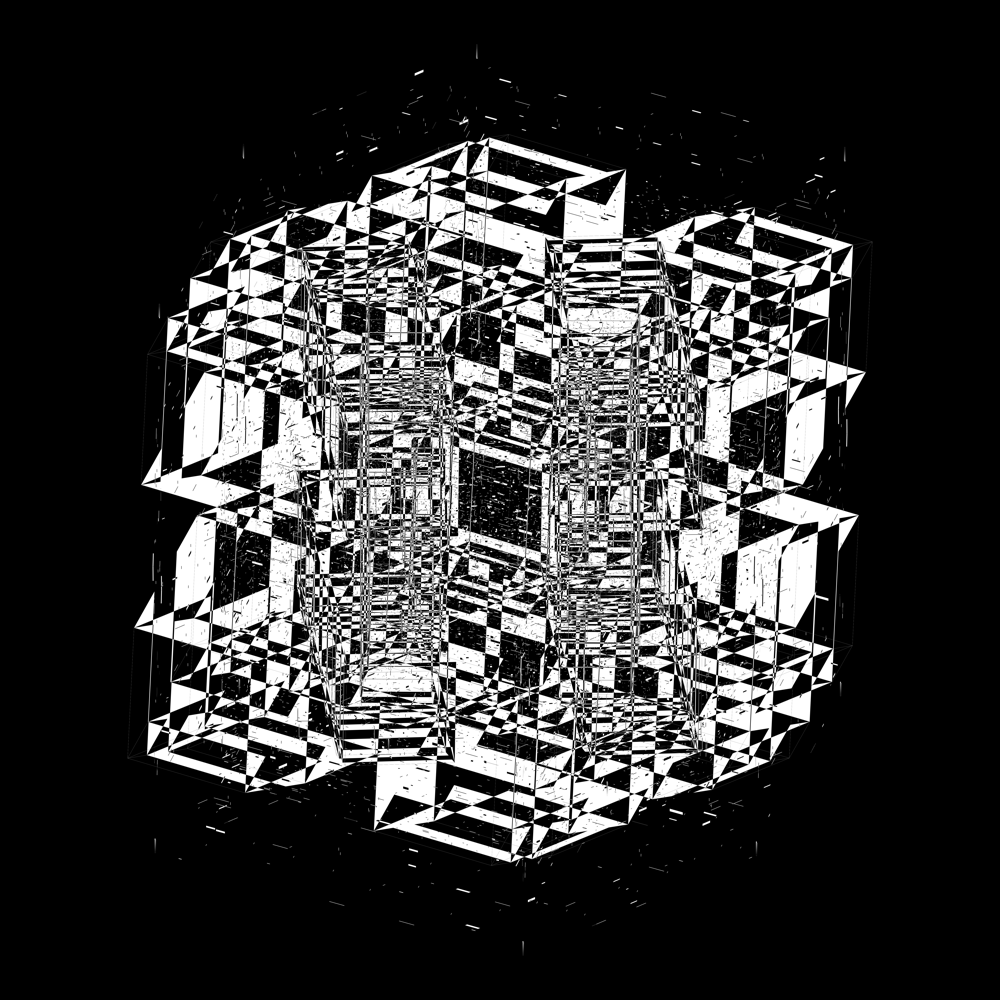 buy artwork
buy artwork
 buy artwork
buy artwork
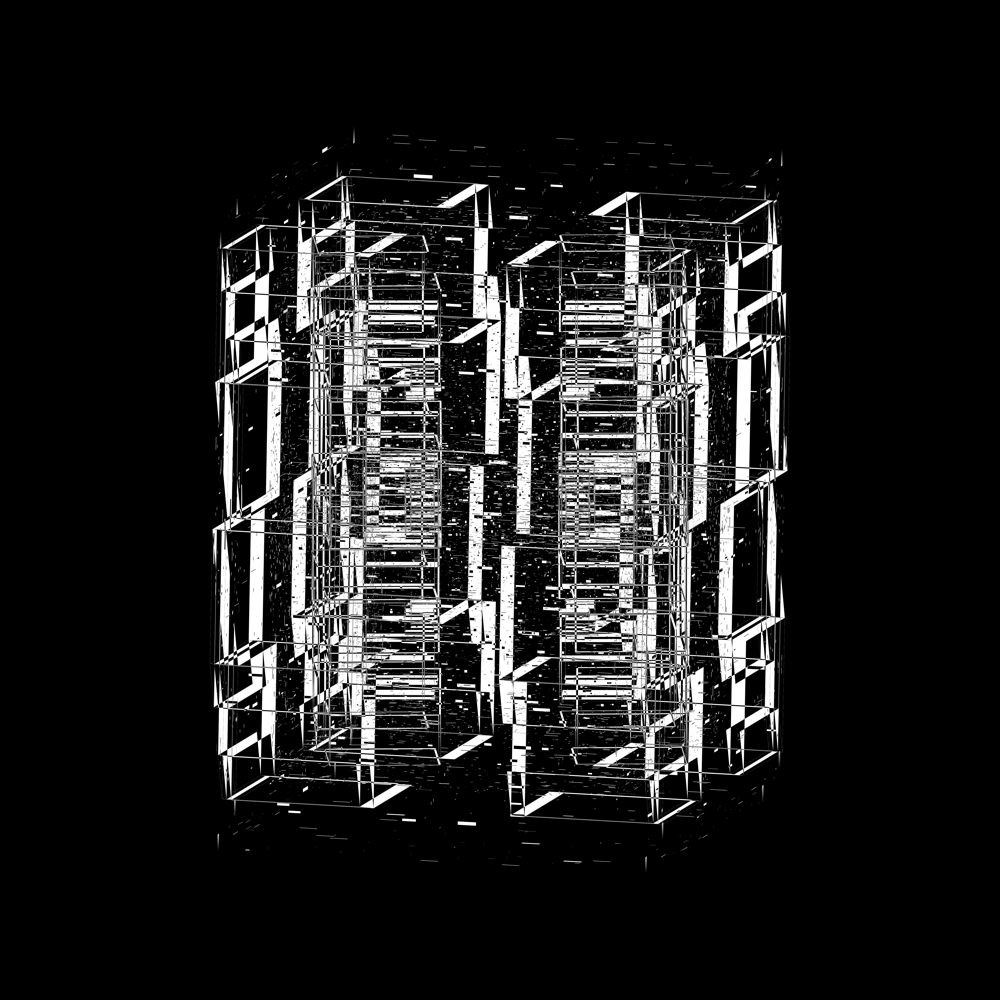 buy artwork
buy artwork
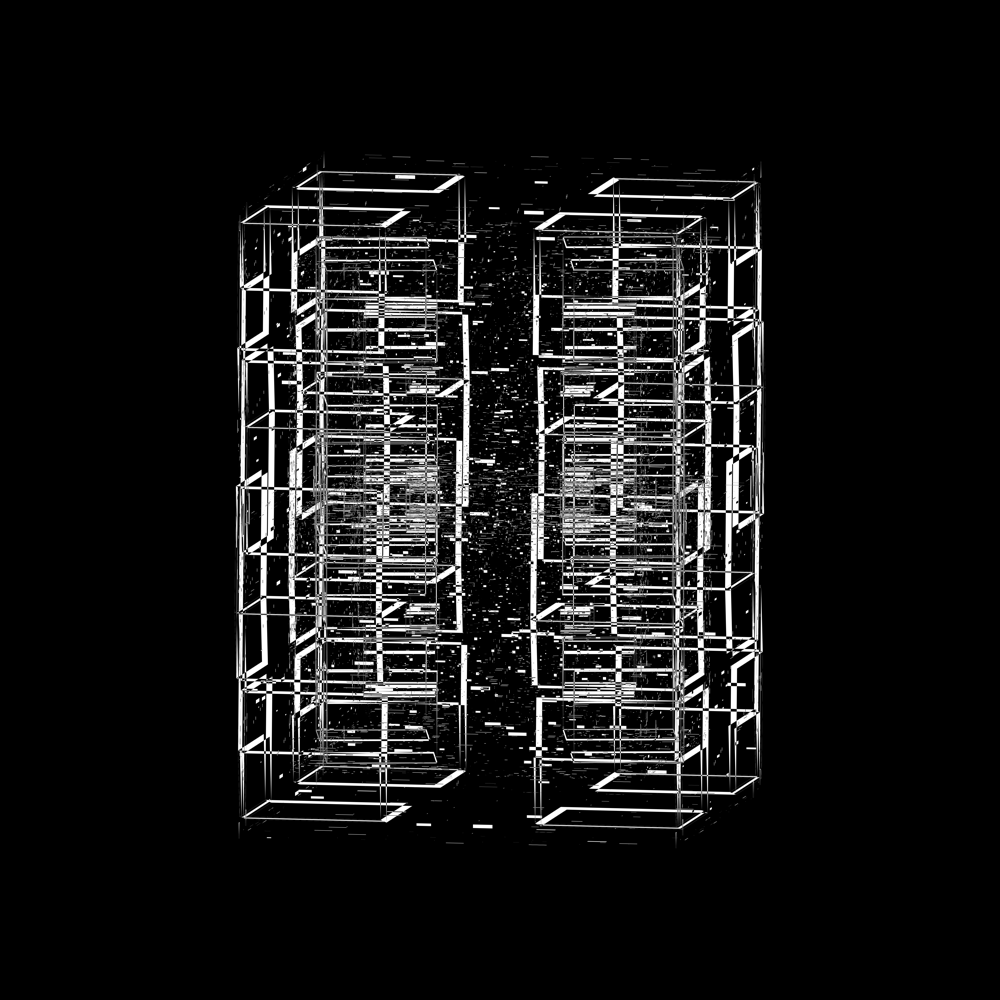 buy artwork
buy artwork
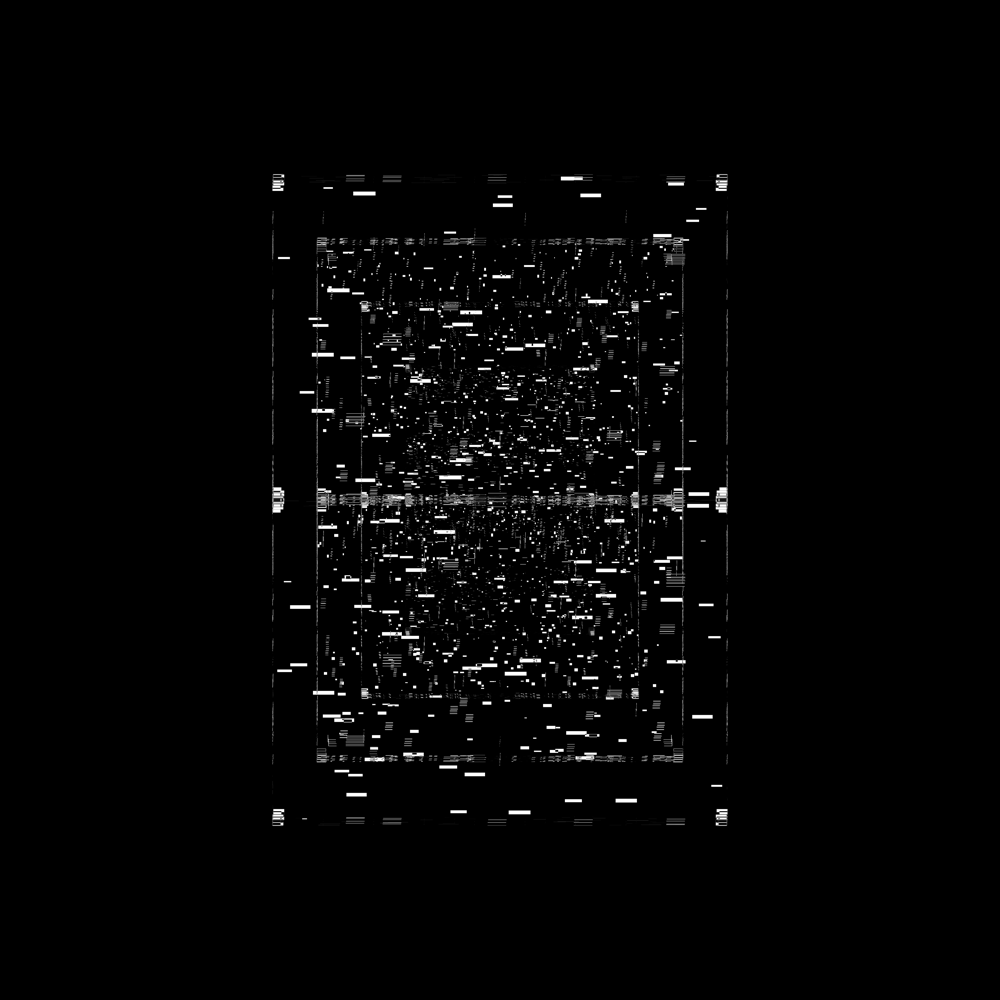 buy artwork
buy artwork
 buy artwork
buy artwork
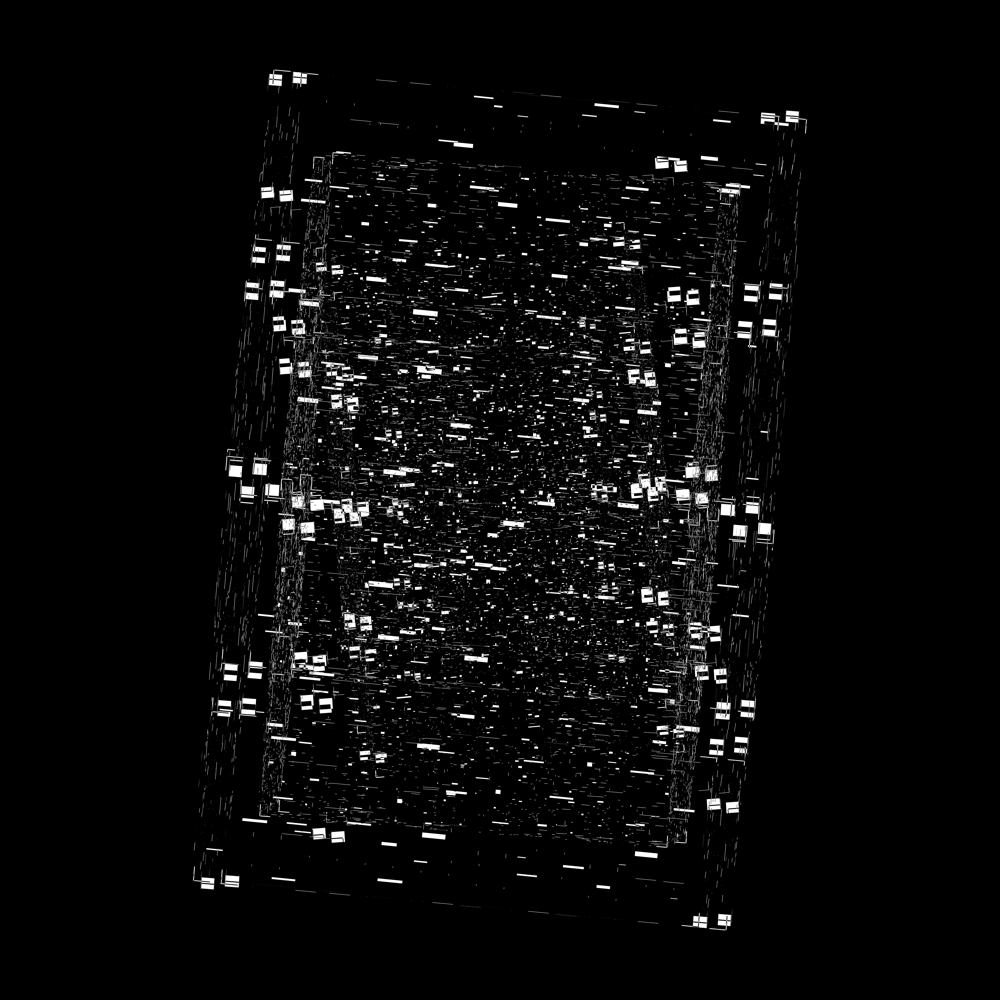 buy artwork
buy artwork
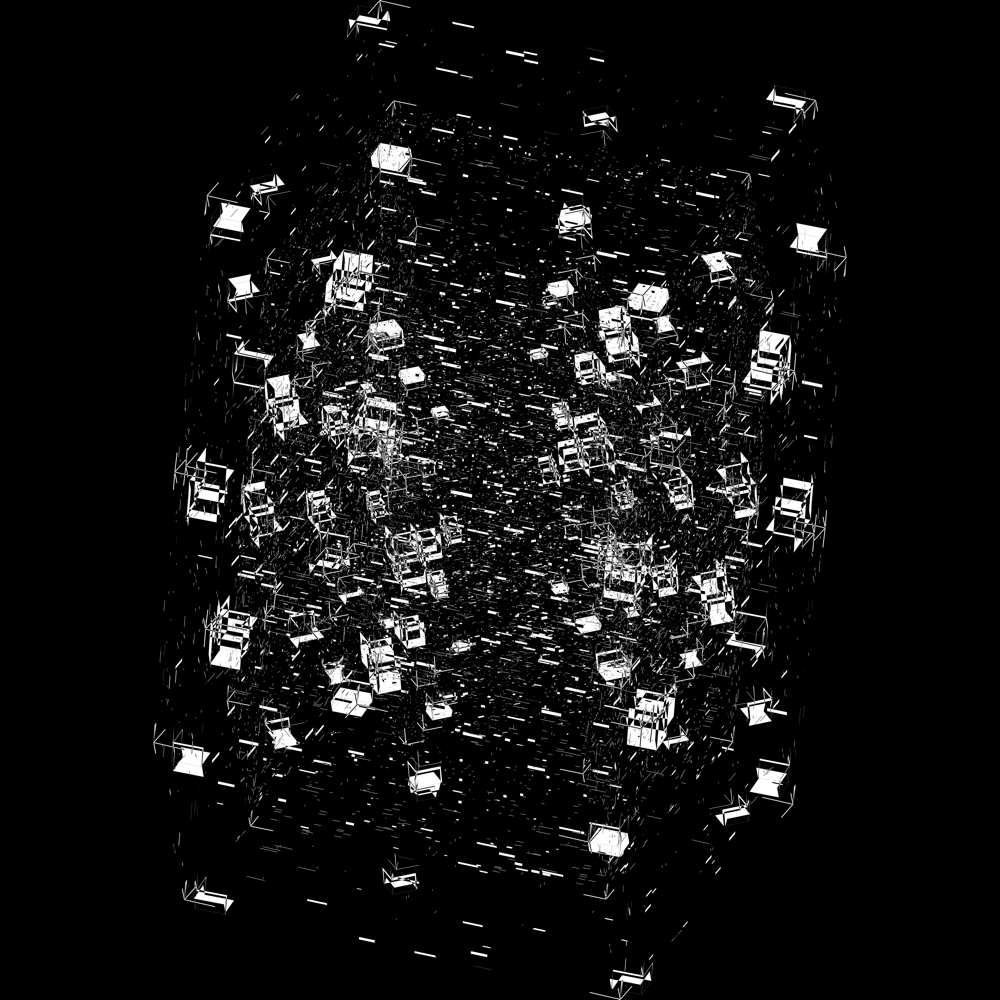 buy artwork
buy artwork
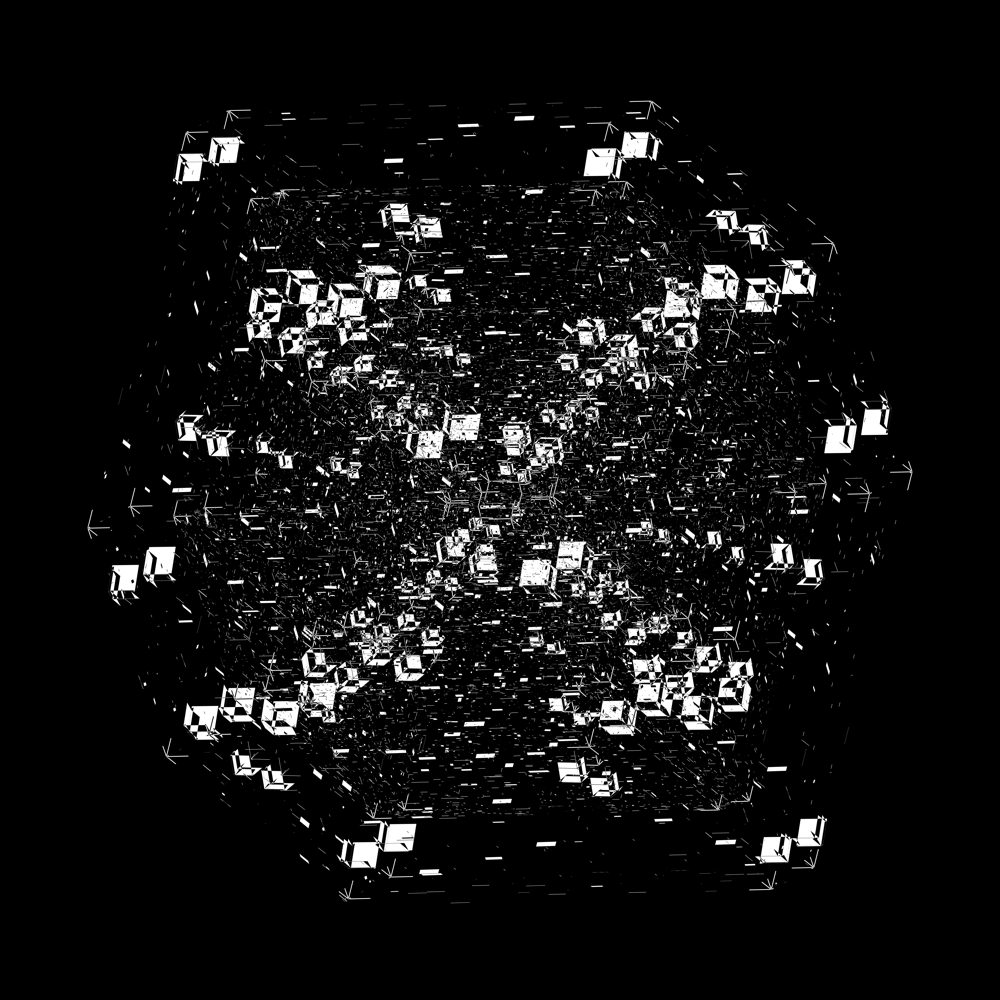 buy artwork
buy artwork
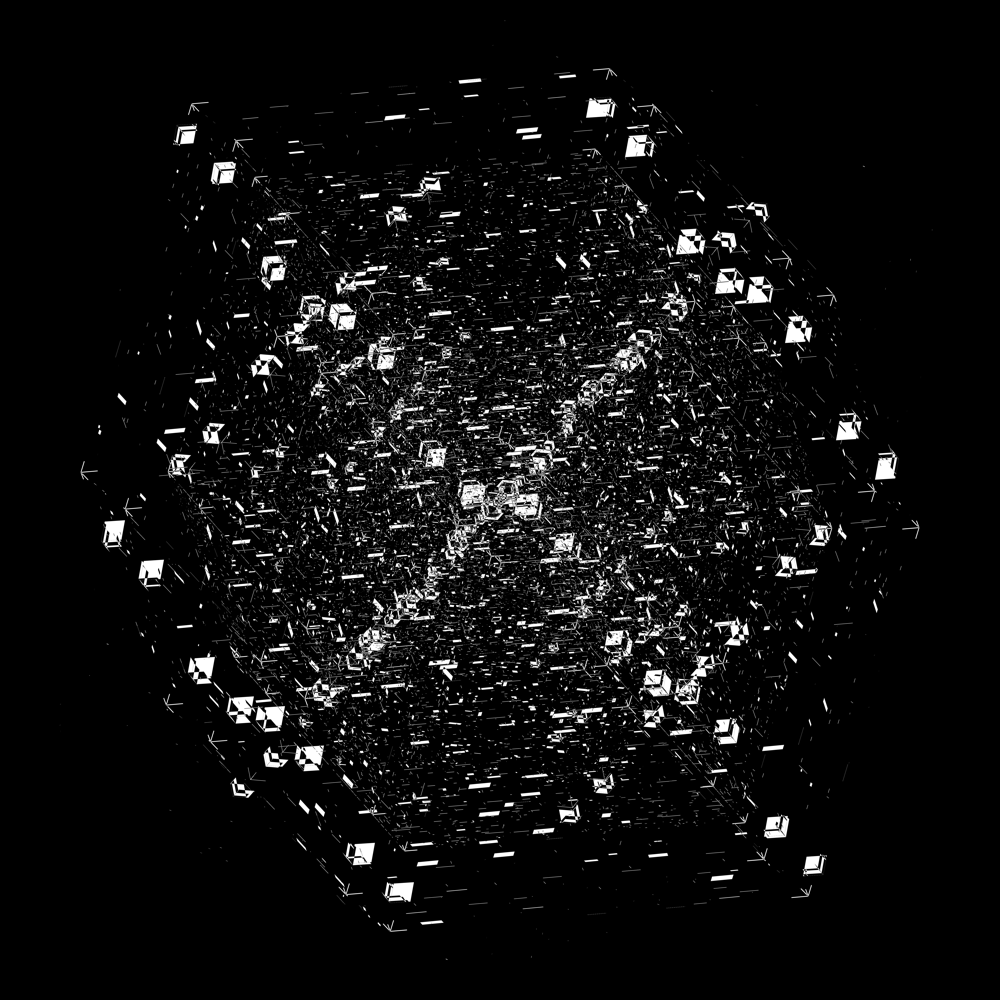 buy artwork
buy artwork
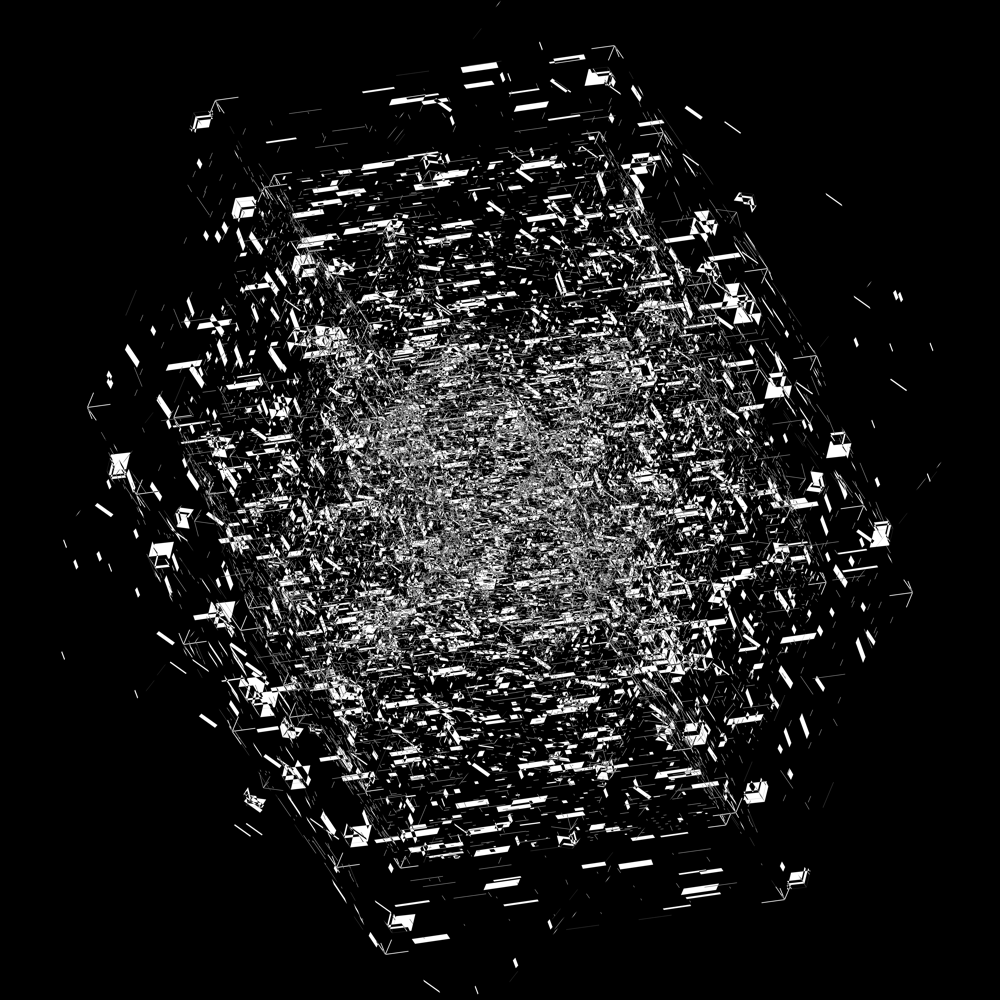 buy artwork
buy artwork
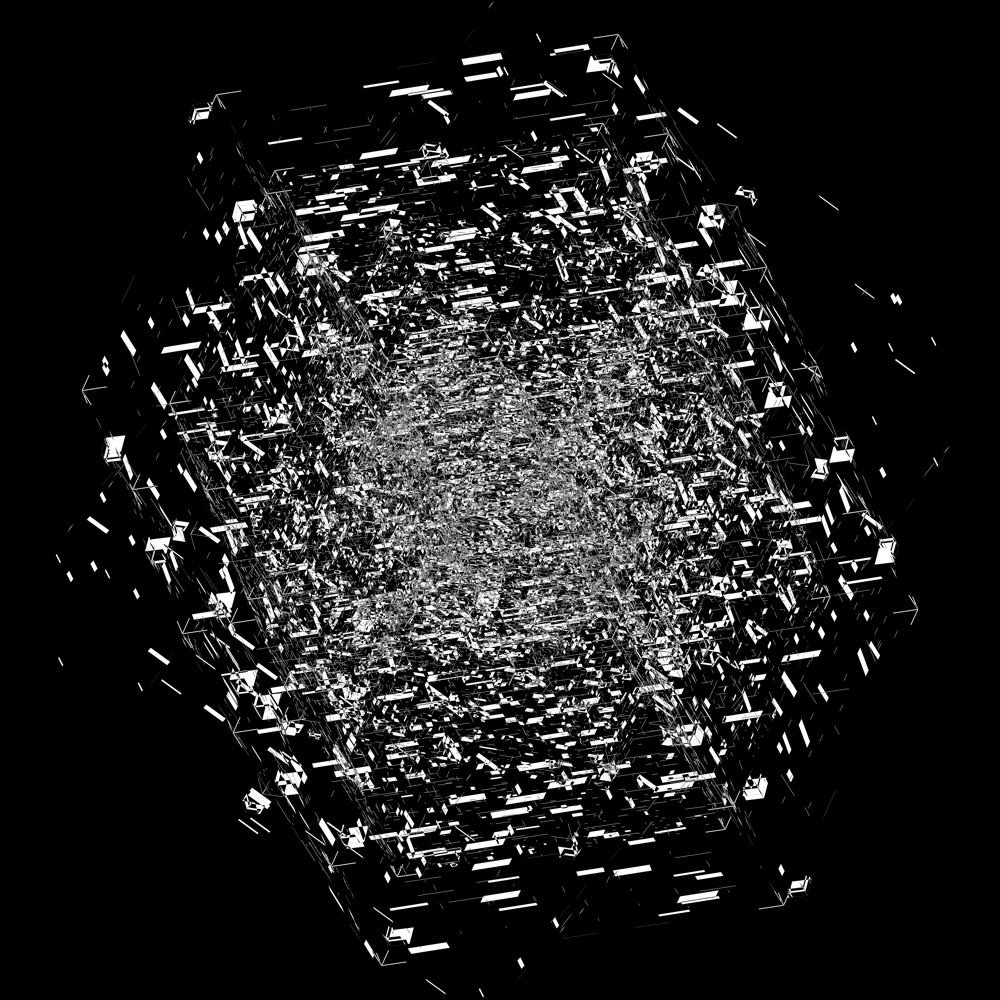 buy artwork
buy artwork
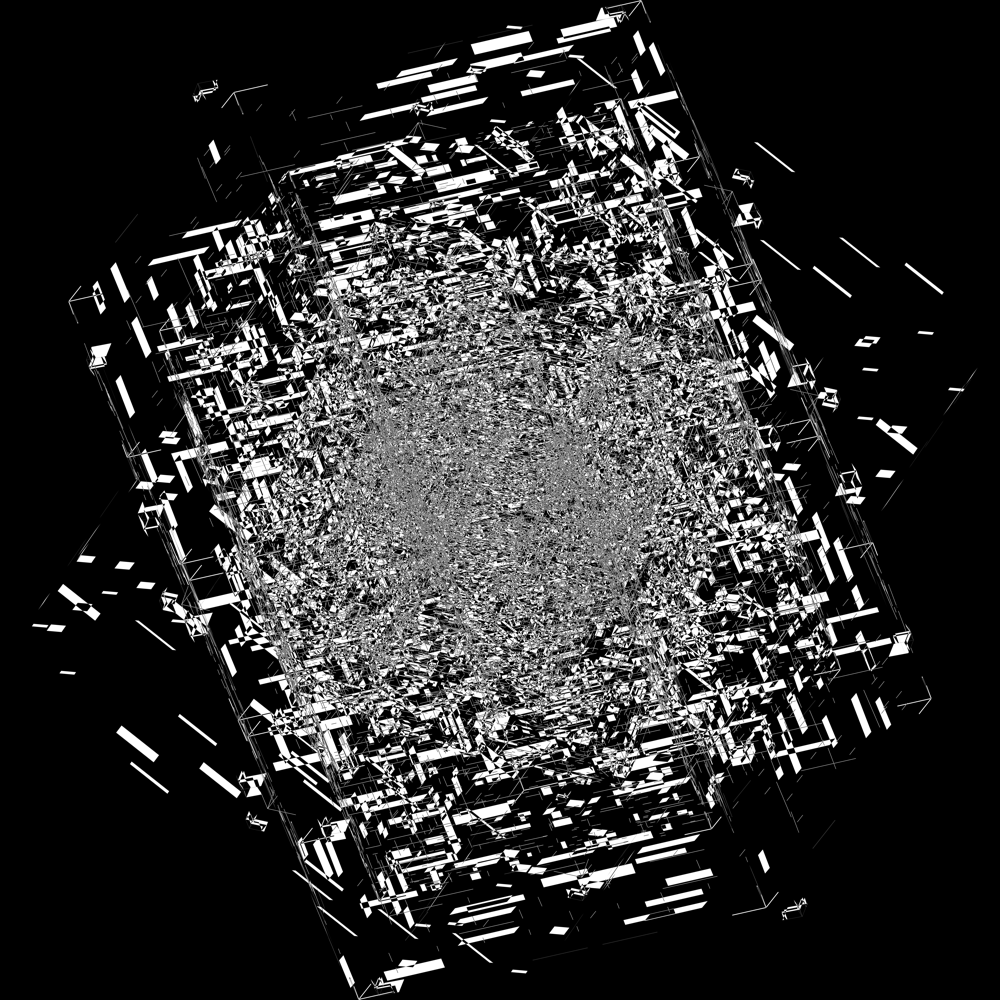 buy artwork
buy artwork
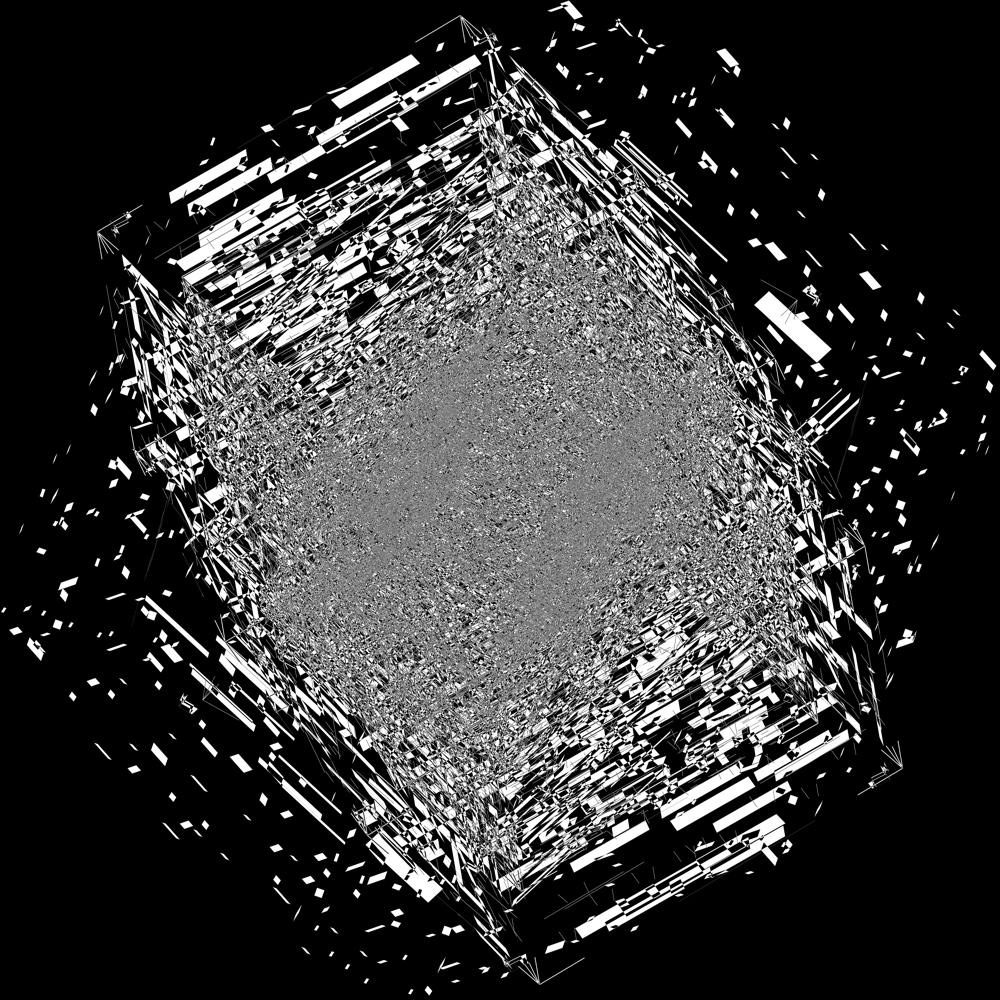 buy artwork
buy artwork
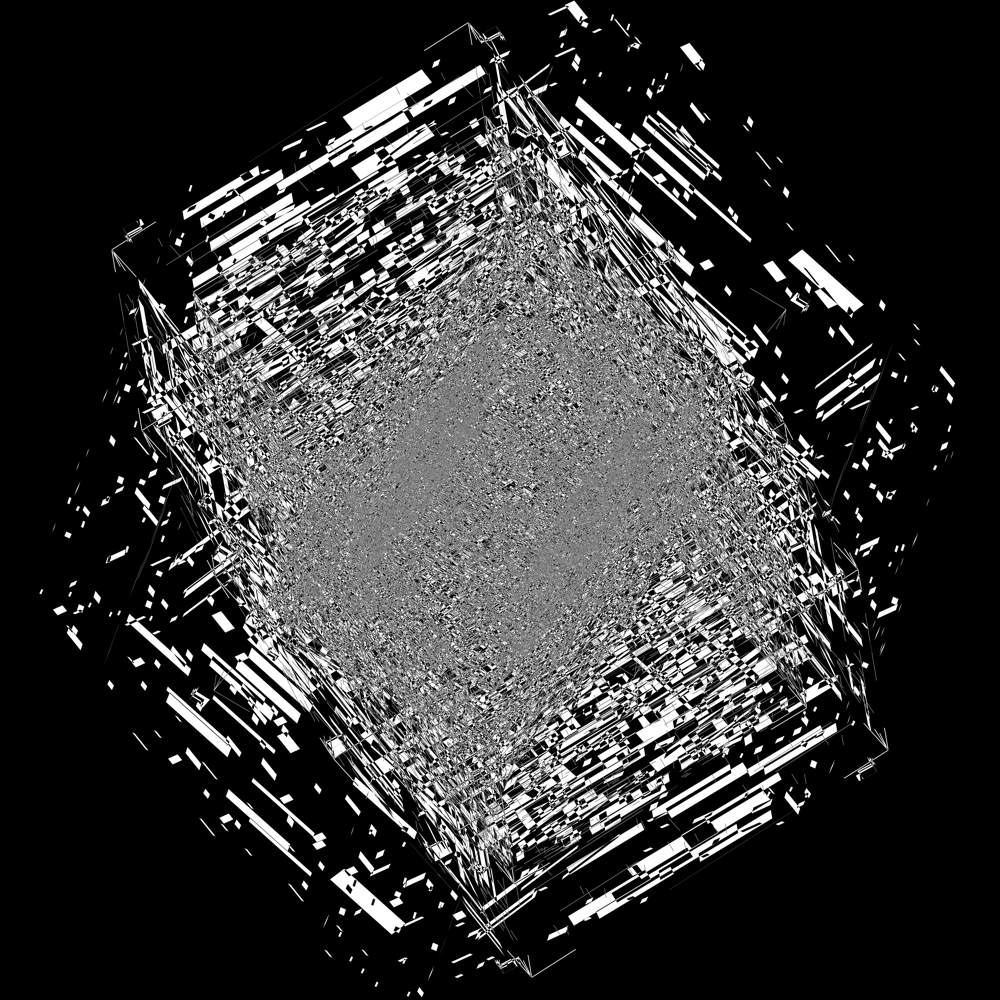 buy artwork
buy artwork
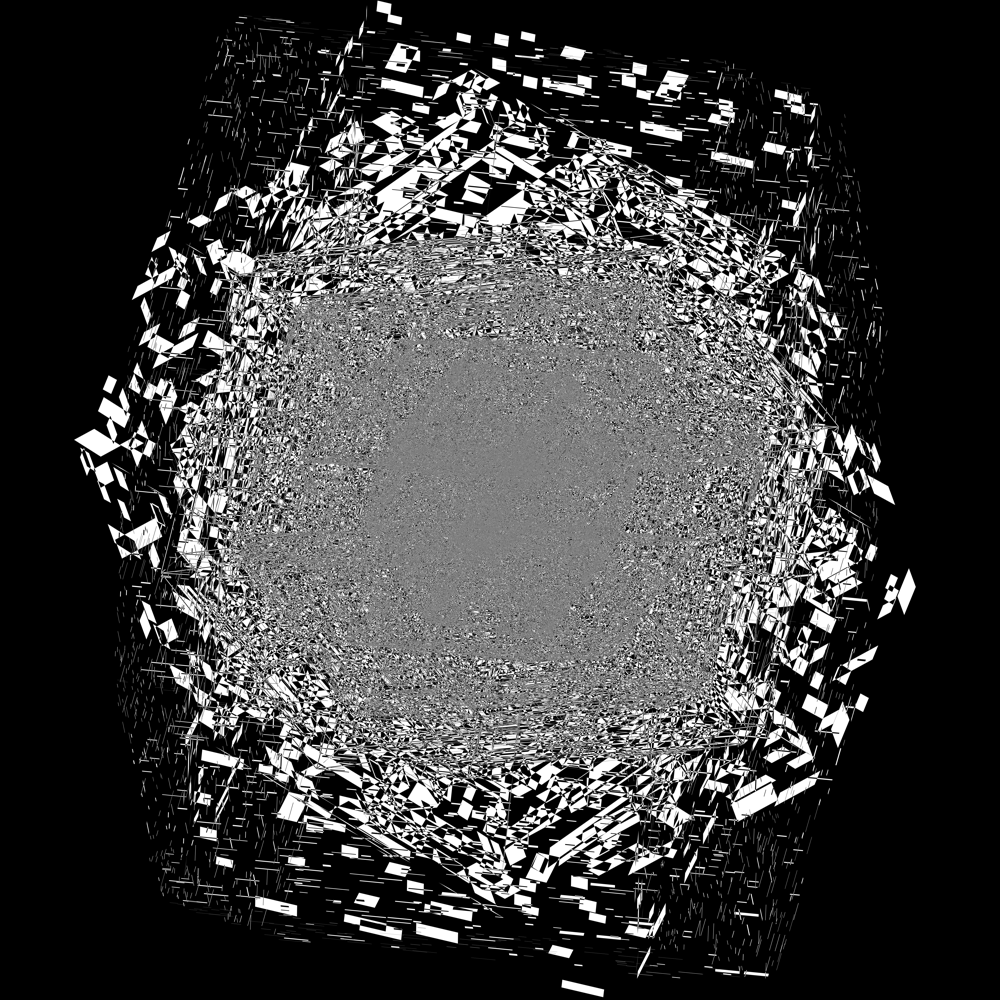 buy artwork
buy artwork
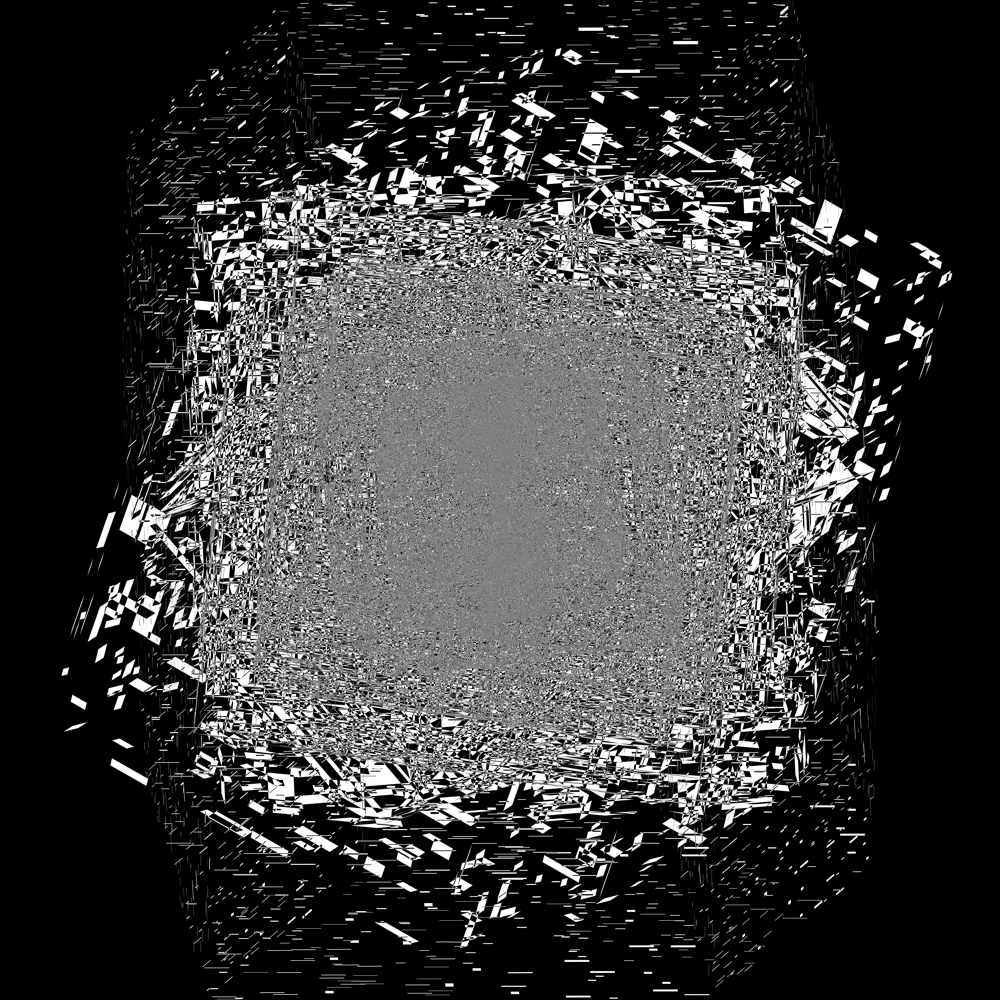 buy artwork
buy artwork
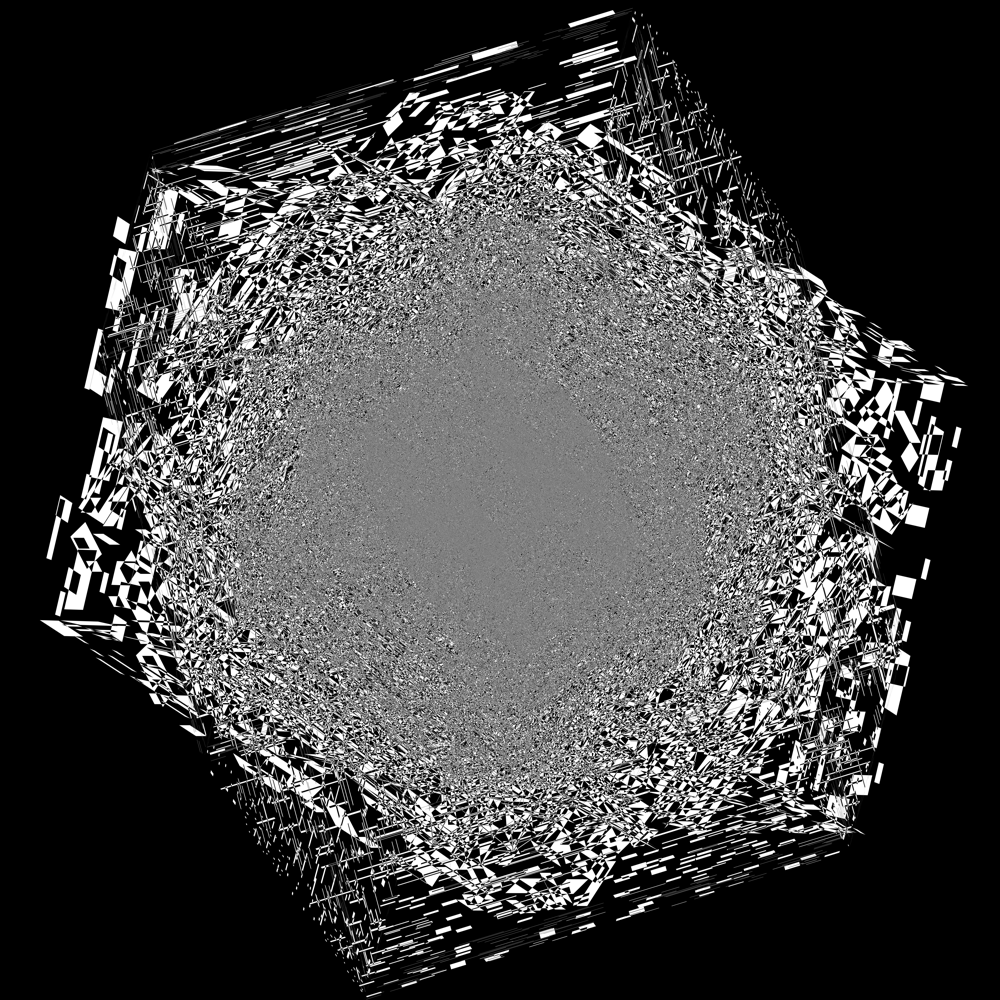 buy artwork
buy artwork
Nasa to send our human genome discs to the Moon
We'd like to say a ‘cosmic hello’: mathematics, culture, palaeontology, art and science, and ... human genomes.



Comparing classifier performance with baselines
All animals are equal, but some animals are more equal than others. —George Orwell
This month, we will illustrate the importance of establishing a baseline performance level.
Baselines are typically generated independently for each dataset using very simple models. Their role is to set the minimum level of acceptable performance and help with comparing relative improvements in performance of other models.

Unfortunately, baselines are often overlooked and, in the presence of a class imbalance5, must be established with care.
Megahed, F.M, Chen, Y-J., Jones-Farmer, A., Rigdon, S.E., Krzywinski, M. & Altman, N. (2024) Points of significance: Comparing classifier performance with baselines. Nat. Methods 20.
Happy 2024 π Day—
sunflowers ho!
Celebrate π Day (March 14th) and dig into the digit garden. Let's grow something.

How Analyzing Cosmic Nothing Might Explain Everything
Huge empty areas of the universe called voids could help solve the greatest mysteries in the cosmos.
My graphic accompanying How Analyzing Cosmic Nothing Might Explain Everything in the January 2024 issue of Scientific American depicts the entire Universe in a two-page spread — full of nothing.
The graphic uses the latest data from SDSS 12 and is an update to my Superclusters and Voids poster.
Michael Lemonick (editor) explains on the graphic:
“Regions of relatively empty space called cosmic voids are everywhere in the universe, and scientists believe studying their size, shape and spread across the cosmos could help them understand dark matter, dark energy and other big mysteries.
To use voids in this way, astronomers must map these regions in detail—a project that is just beginning.
Shown here are voids discovered by the Sloan Digital Sky Survey (SDSS), along with a selection of 16 previously named voids. Scientists expect voids to be evenly distributed throughout space—the lack of voids in some regions on the globe simply reflects SDSS’s sky coverage.”
voids
Sofia Contarini, Alice Pisani, Nico Hamaus, Federico Marulli Lauro Moscardini & Marco Baldi (2023) Cosmological Constraints from the BOSS DR12 Void Size Function Astrophysical Journal 953:46.
Nico Hamaus, Alice Pisani, Jin-Ah Choi, Guilhem Lavaux, Benjamin D. Wandelt & Jochen Weller (2020) Journal of Cosmology and Astroparticle Physics 2020:023.
Sloan Digital Sky Survey Data Release 12
Alan MacRobert (Sky & Telescope), Paulina Rowicka/Martin Krzywinski (revisions & Microscopium)
Hoffleit & Warren Jr. (1991) The Bright Star Catalog, 5th Revised Edition (Preliminary Version).
H0 = 67.4 km/(Mpc·s), Ωm = 0.315, Ωv = 0.685. Planck collaboration Planck 2018 results. VI. Cosmological parameters (2018).
constellation figures
stars
cosmology
Error in predictor variables
It is the mark of an educated mind to rest satisfied with the degree of precision that the nature of the subject admits and not to seek exactness where only an approximation is possible. —Aristotle
In regression, the predictors are (typically) assumed to have known values that are measured without error.
Practically, however, predictors are often measured with error. This has a profound (but predictable) effect on the estimates of relationships among variables – the so-called “error in variables” problem.

Error in measuring the predictors is often ignored. In this column, we discuss when ignoring this error is harmless and when it can lead to large bias that can leads us to miss important effects.
Altman, N. & Krzywinski, M. (2024) Points of significance: Error in predictor variables. Nat. Methods 20.
Background reading
Altman, N. & Krzywinski, M. (2015) Points of significance: Simple linear regression. Nat. Methods 12:999–1000.
Lever, J., Krzywinski, M. & Altman, N. (2016) Points of significance: Logistic regression. Nat. Methods 13:541–542 (2016).
Das, K., Krzywinski, M. & Altman, N. (2019) Points of significance: Quantile regression. Nat. Methods 16:451–452.
Convolutional neural networks
Nature uses only the longest threads to weave her patterns, so that each small piece of her fabric reveals the organization of the entire tapestry. – Richard Feynman
Following up on our Neural network primer column, this month we explore a different kind of network architecture: a convolutional network.
The convolutional network replaces the hidden layer of a fully connected network (FCN) with one or more filters (a kind of neuron that looks at the input within a narrow window).
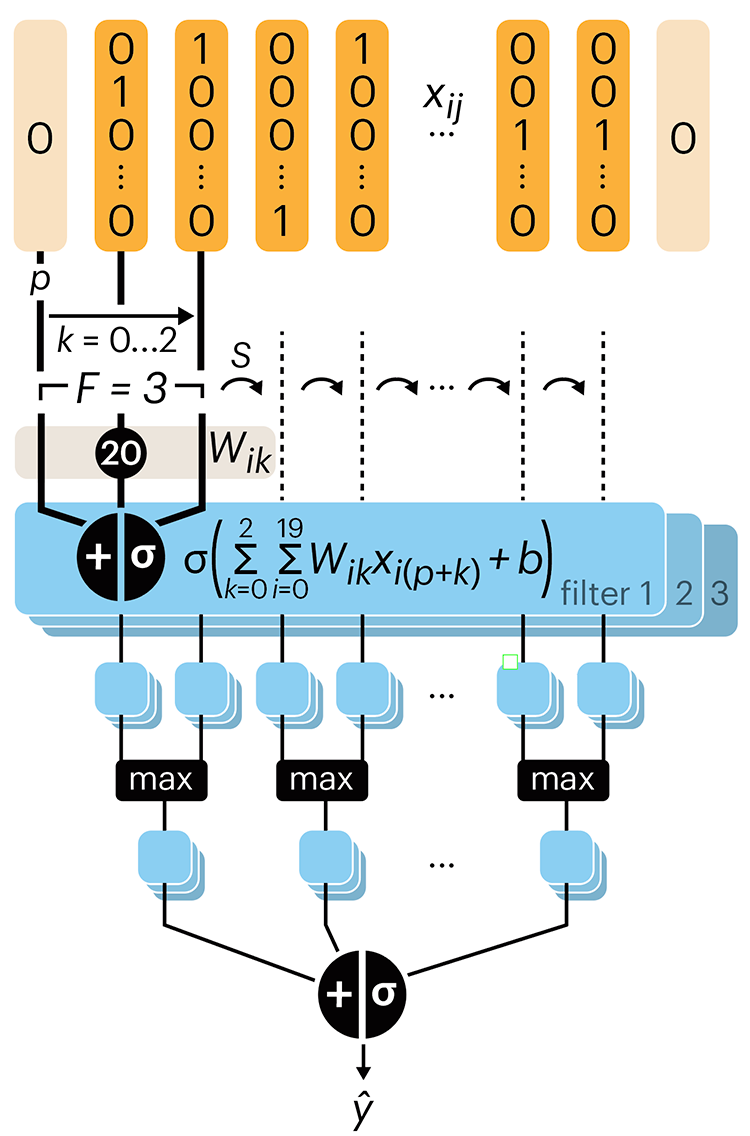
Even through convolutional networks have far fewer neurons that an FCN, they can perform substantially better for certain kinds of problems, such as sequence motif detection.
Derry, A., Krzywinski, M & Altman, N. (2023) Points of significance: Convolutional neural networks. Nature Methods 20:1269–1270.
Background reading
Derry, A., Krzywinski, M. & Altman, N. (2023) Points of significance: Neural network primer. Nature Methods 20:165–167.
Lever, J., Krzywinski, M. & Altman, N. (2016) Points of significance: Logistic regression. Nature Methods 13:541–542.




